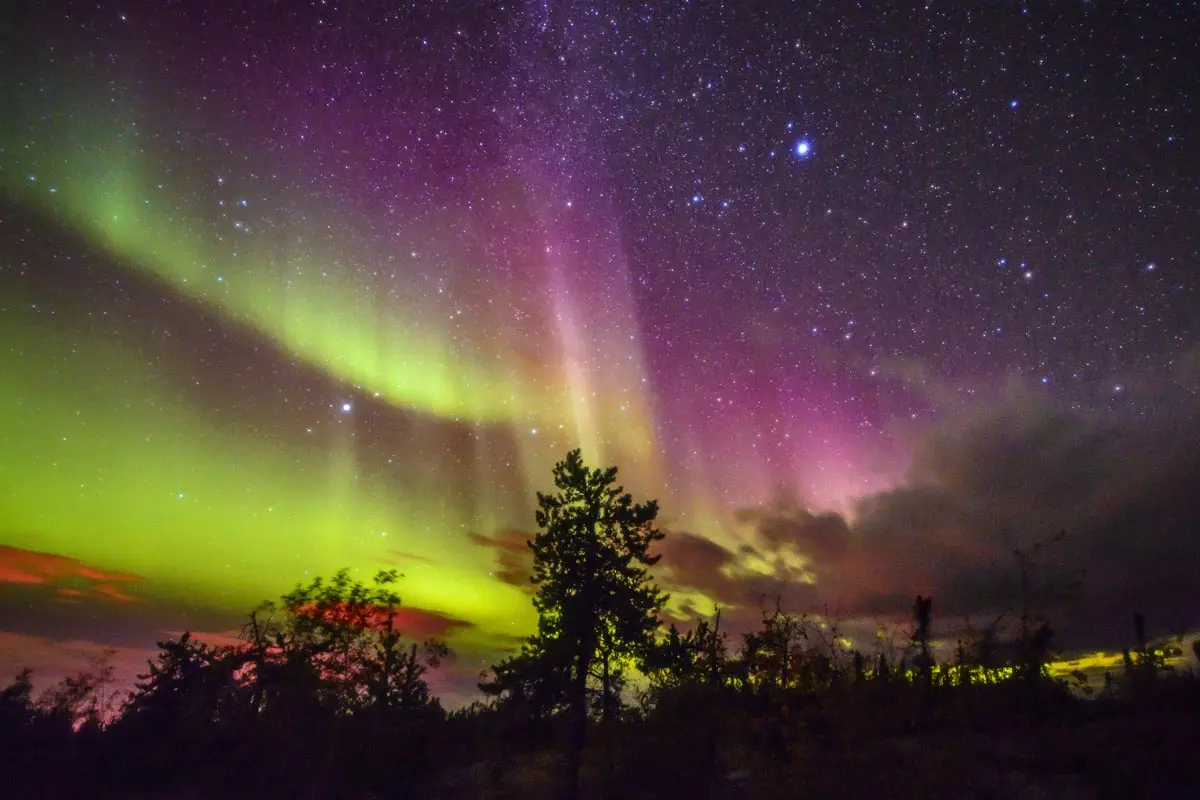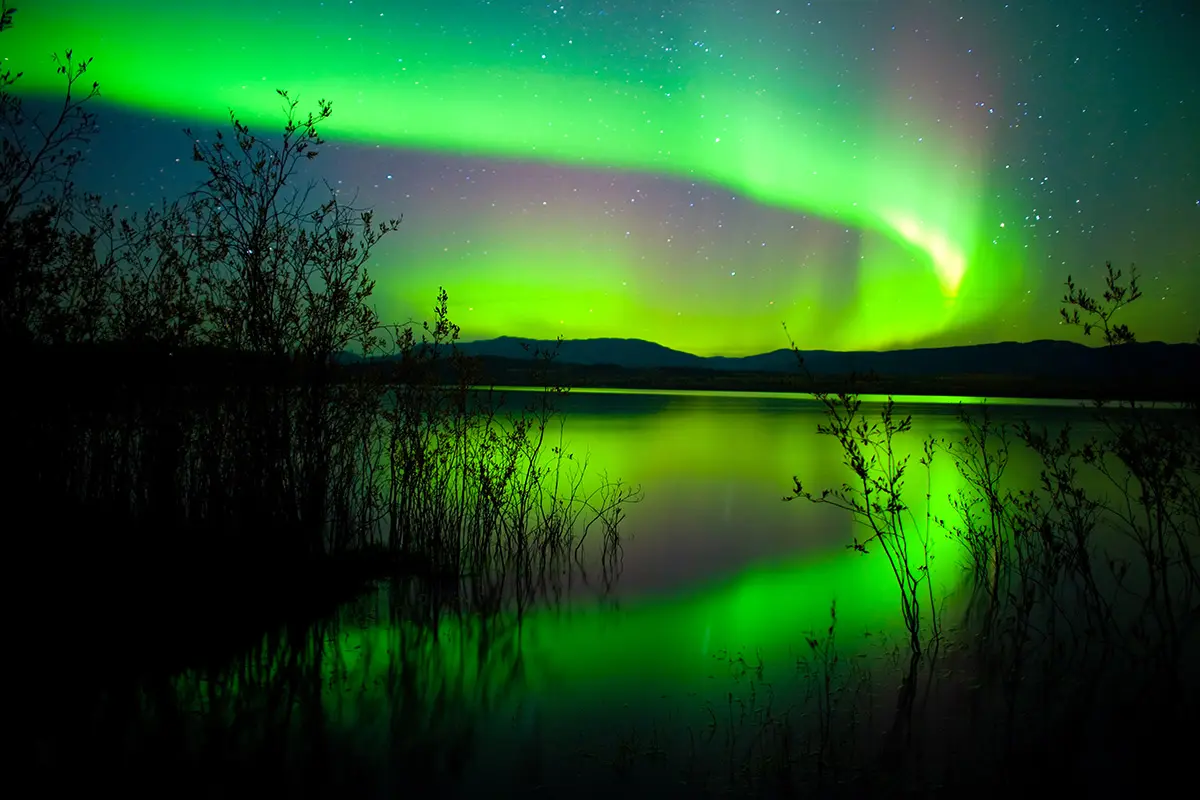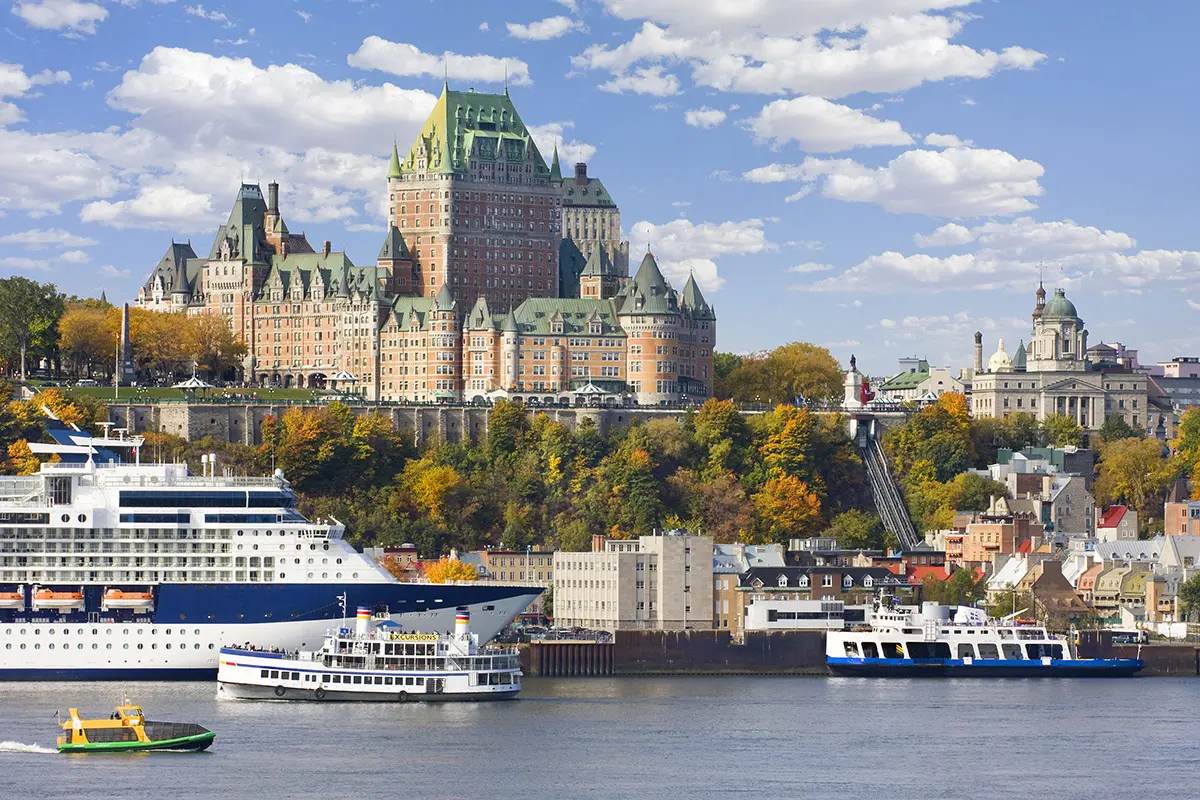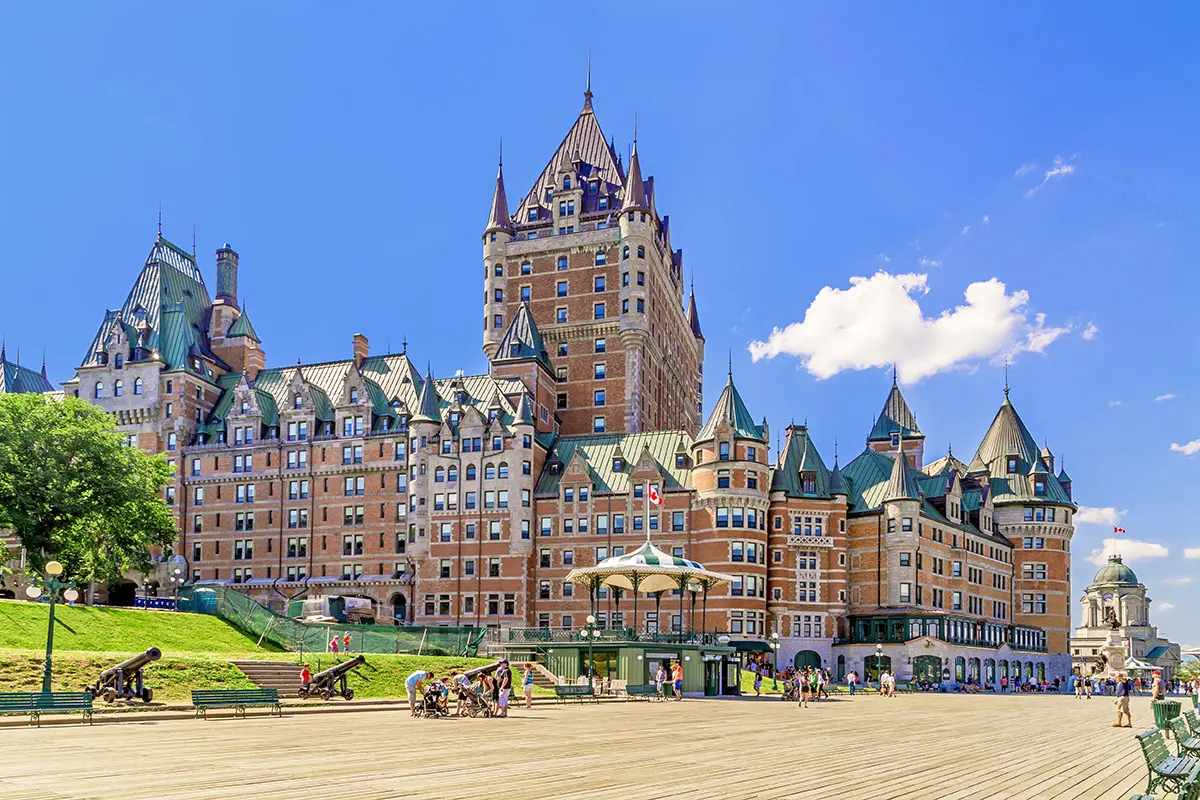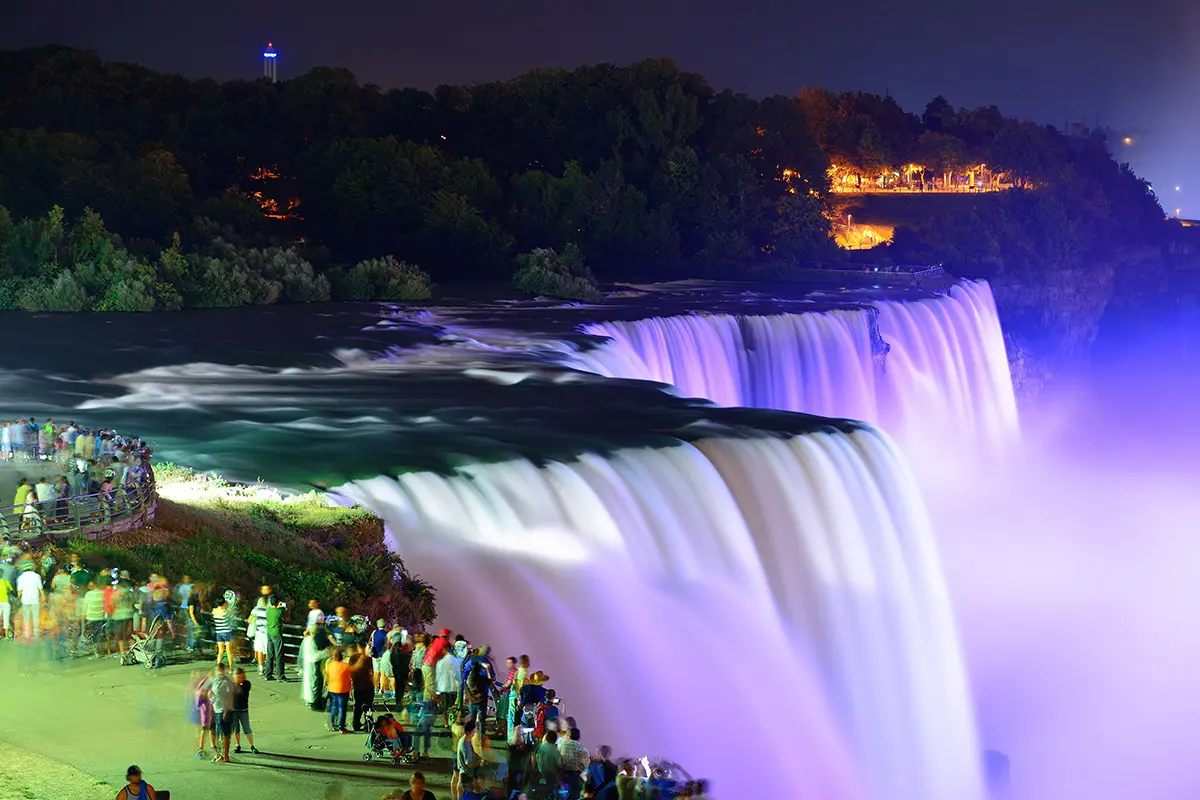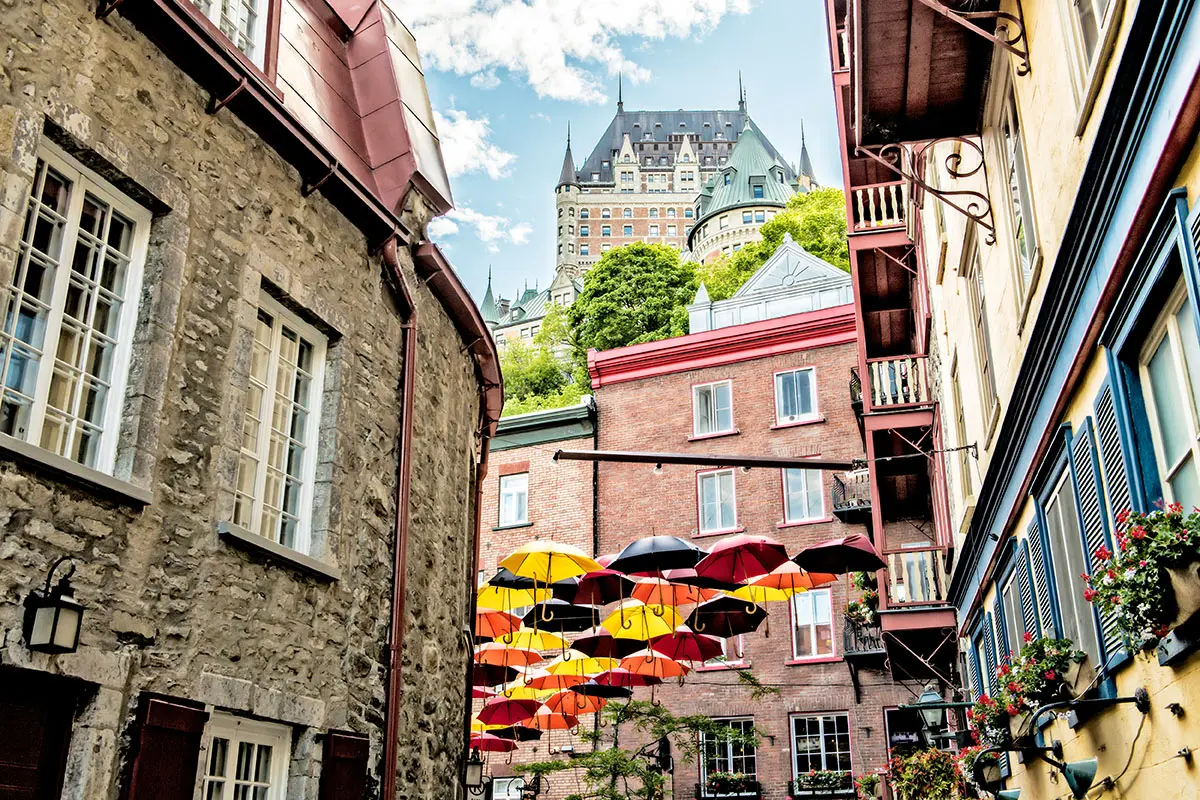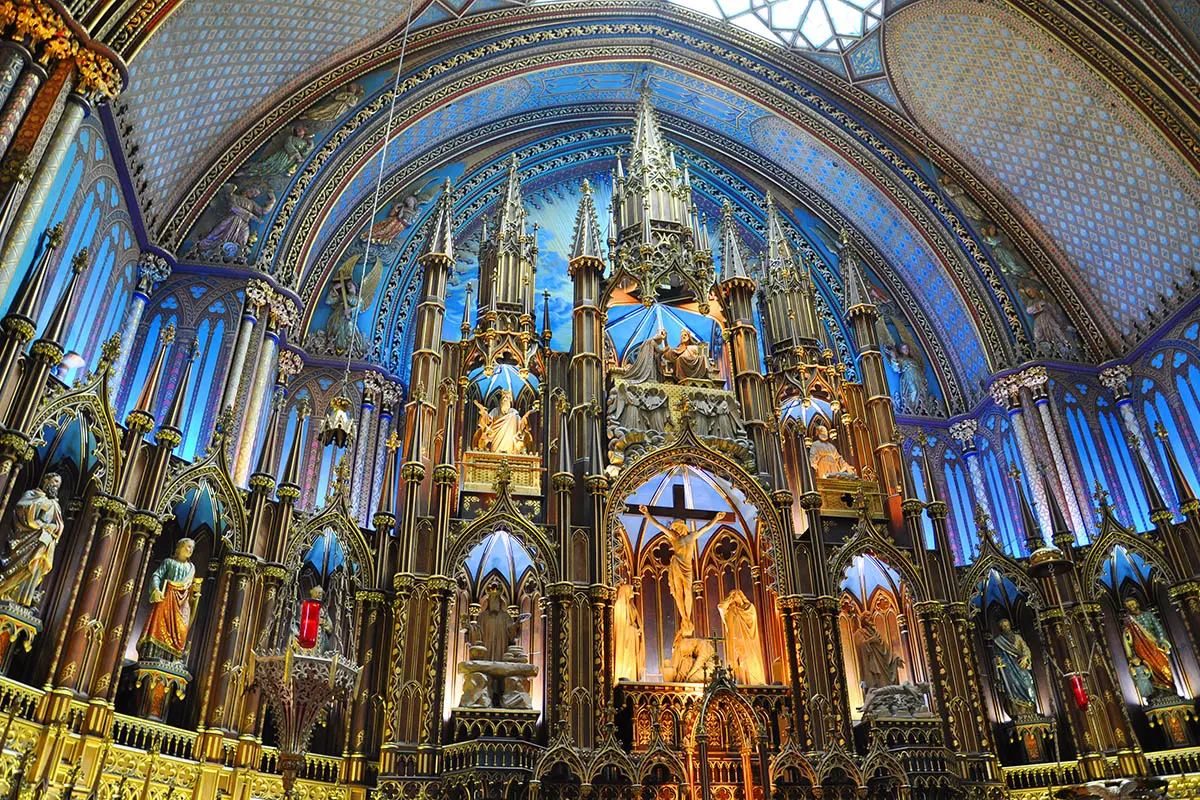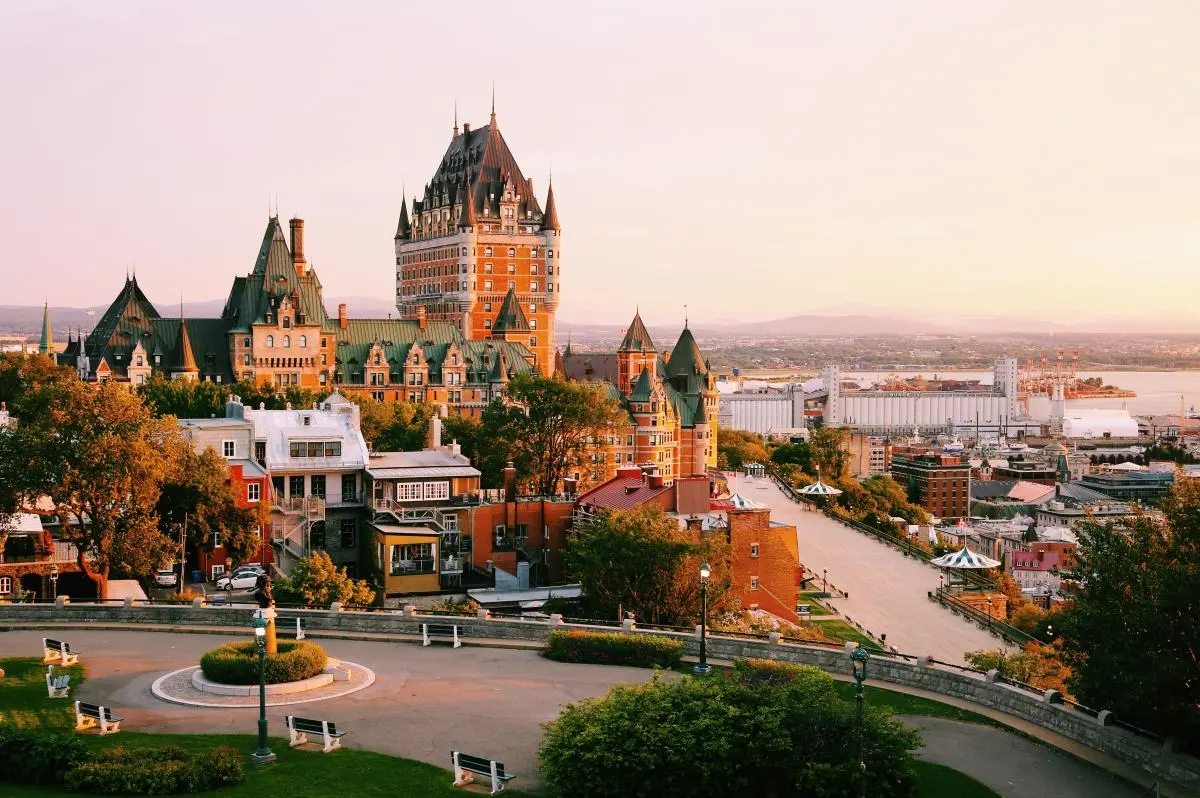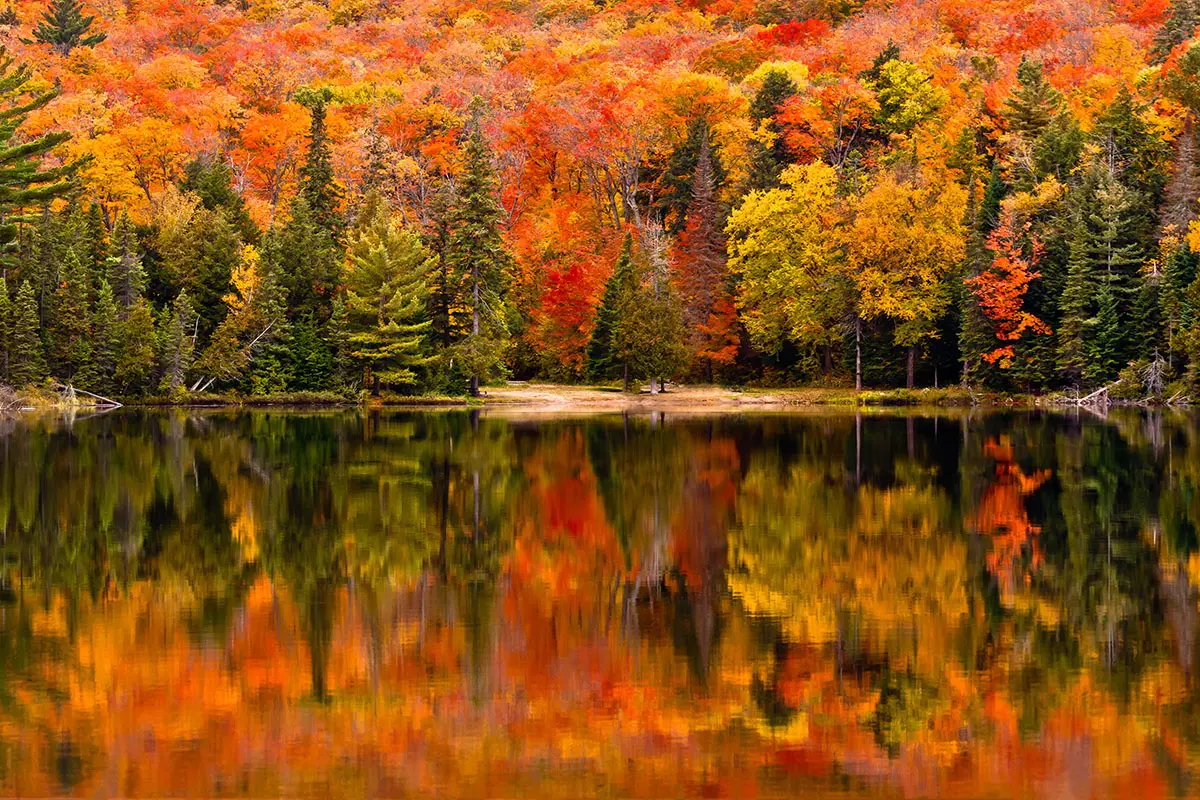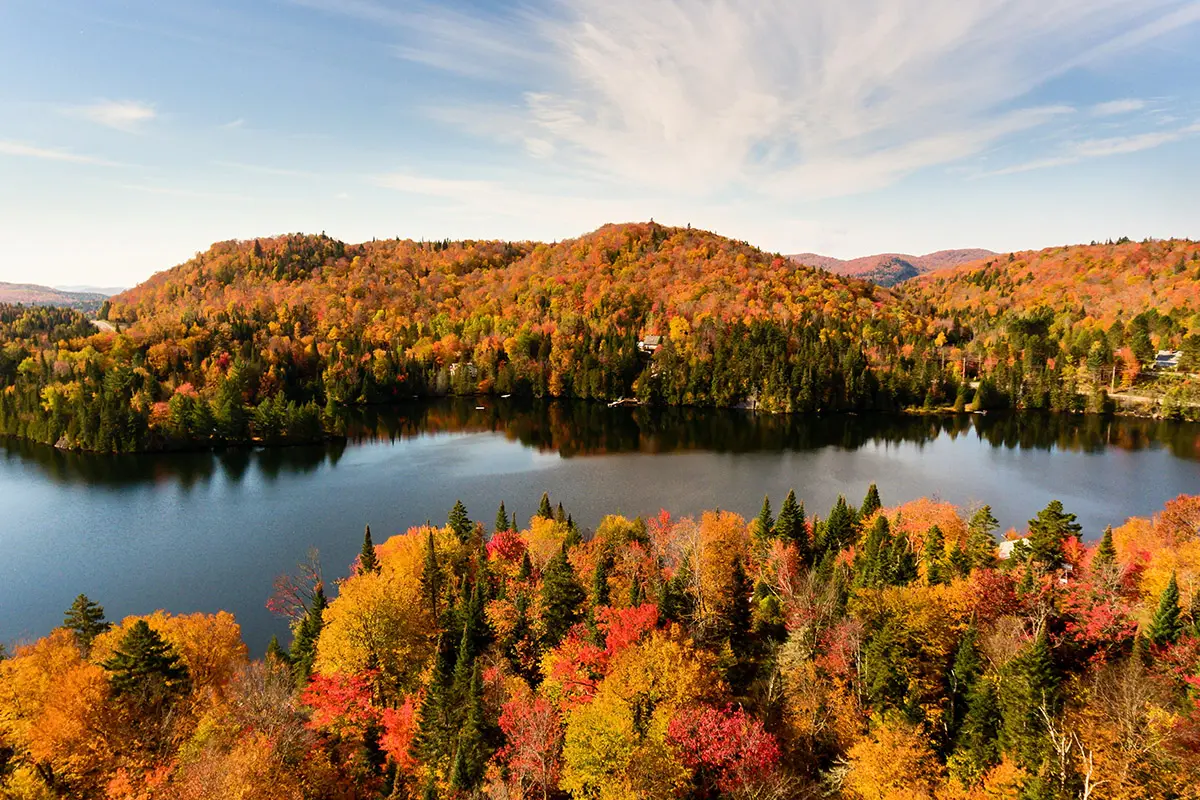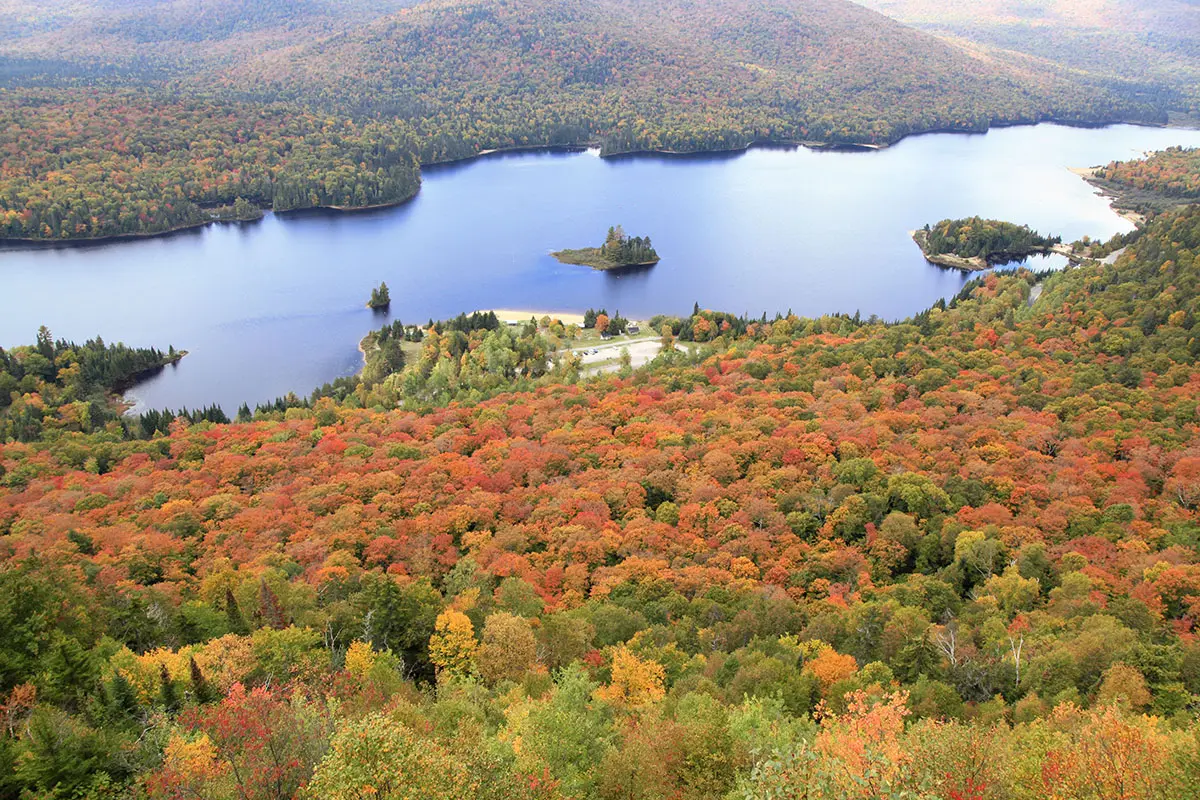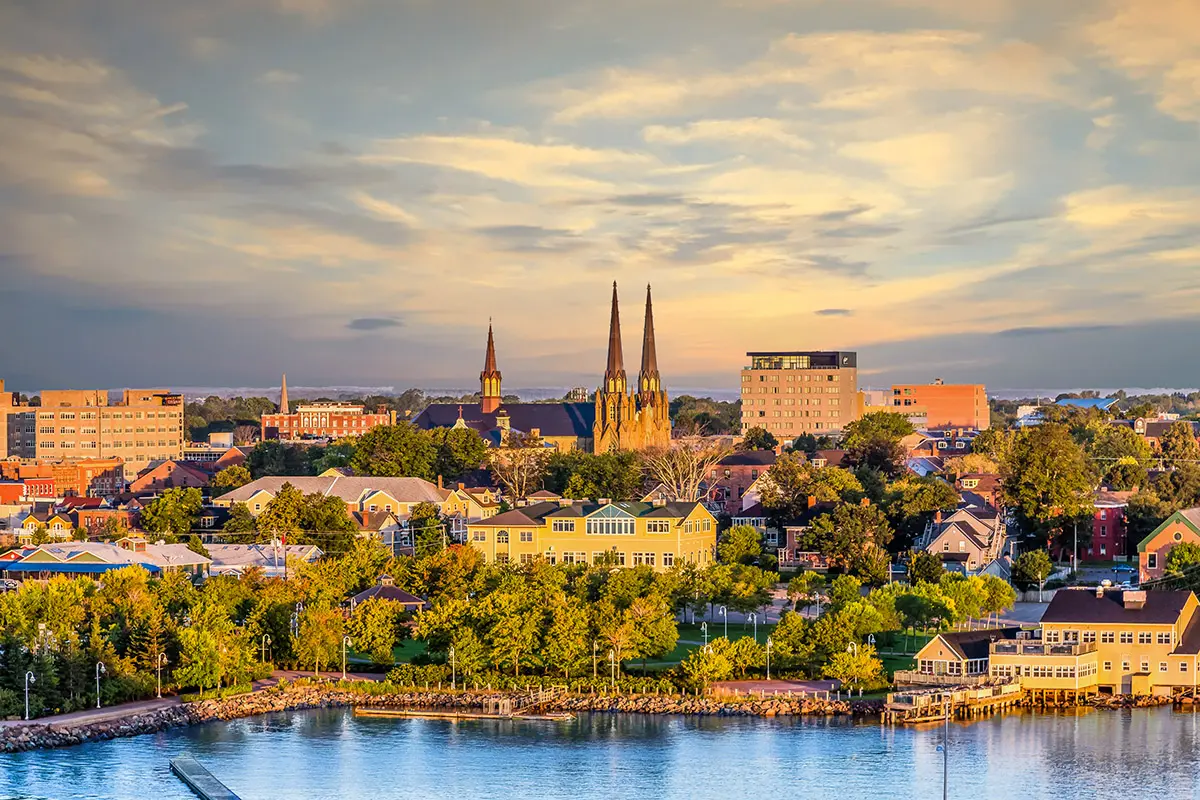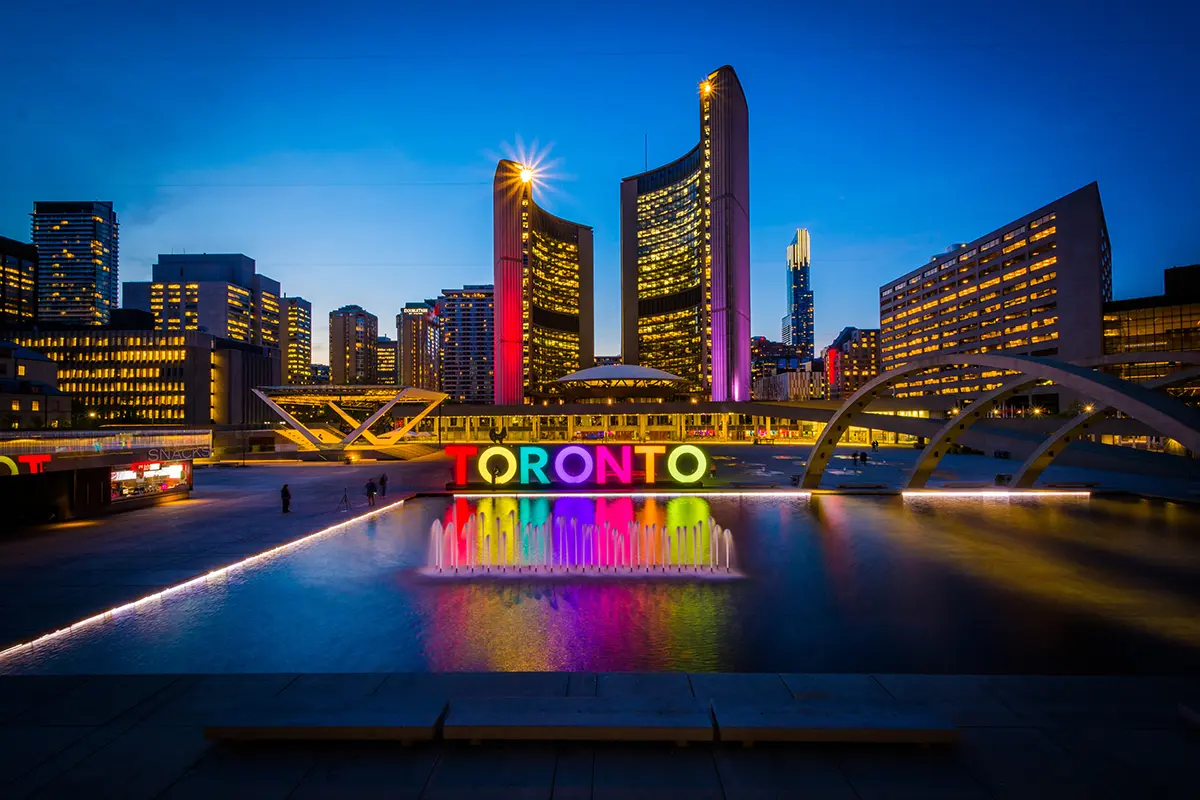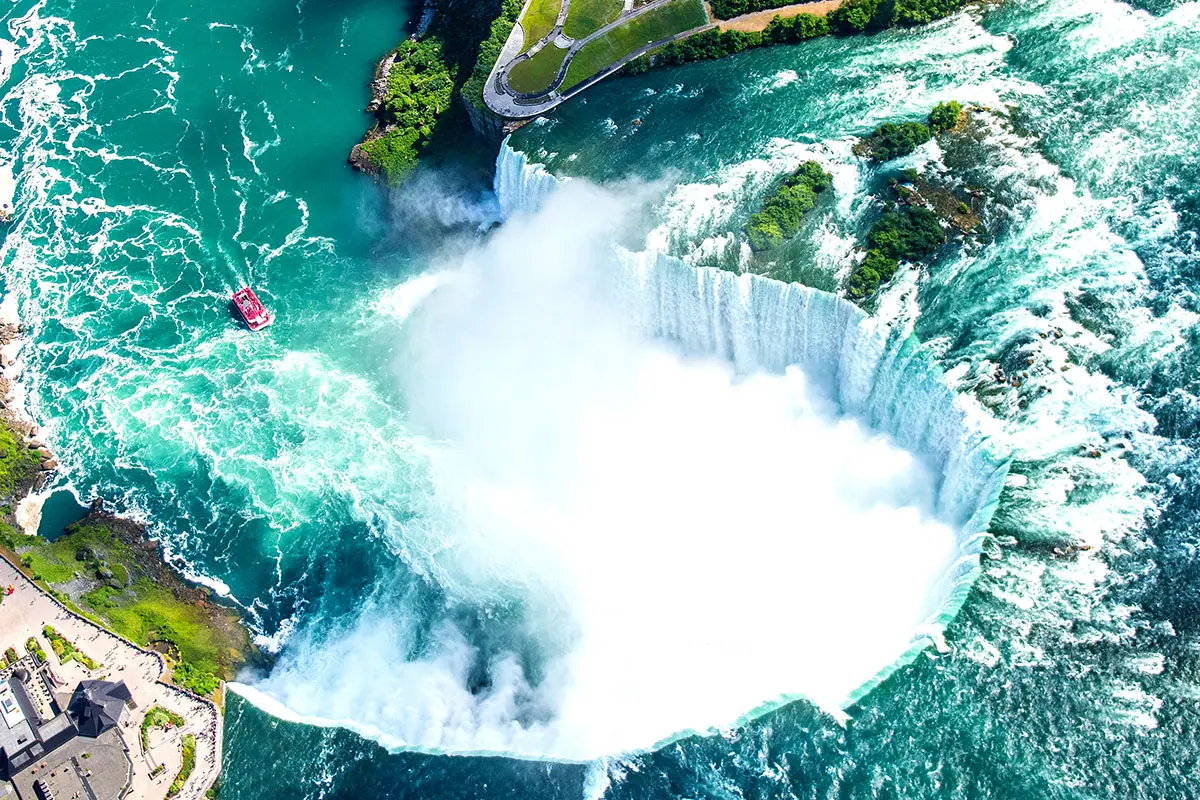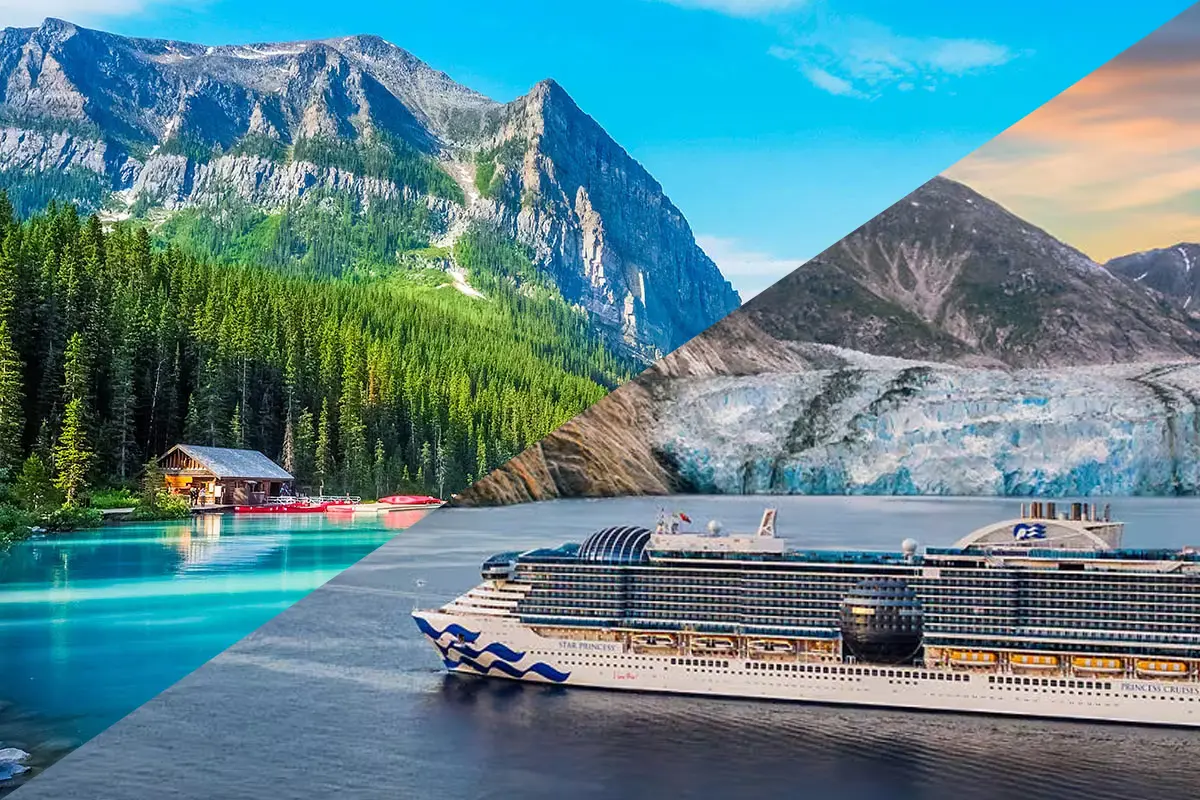Calgary International Airport
Arrive at Calgary International Airport (16:15)
Calgary Night Tour Night view tour of downtown Calgary
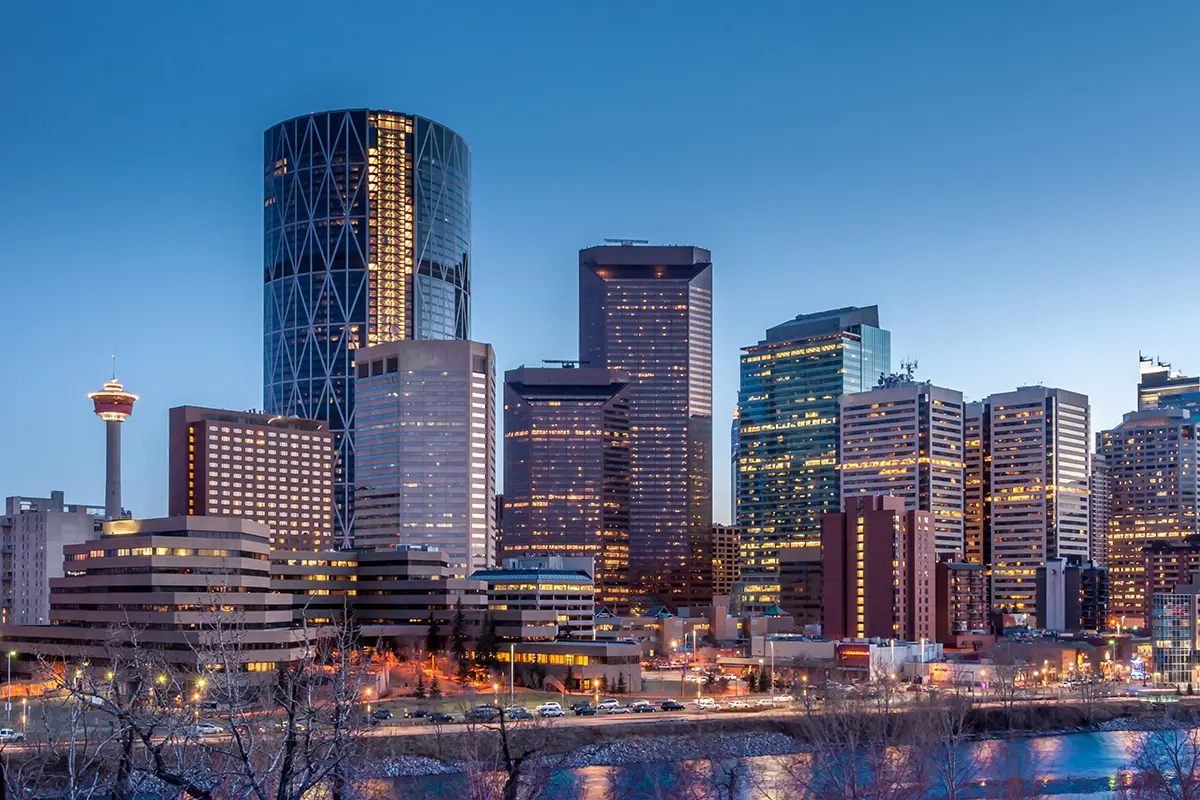
Located in the central-western part of Canada, it is the largest city in the province of Alberta. It has the third-largest administrative area and the fourth-largest metropolitan population in Canada. The city is situated near the Bow River in southern Alberta, at an elevation of 1,045 meters, making it quite high for a city. Due to these characteristics, many Americans often refer to Calgary as the "Denver of Canada."
Check-in at the hotel after dinner
After breakfast, meet the guide
Banff National Park (Summer) Canada's First National Park
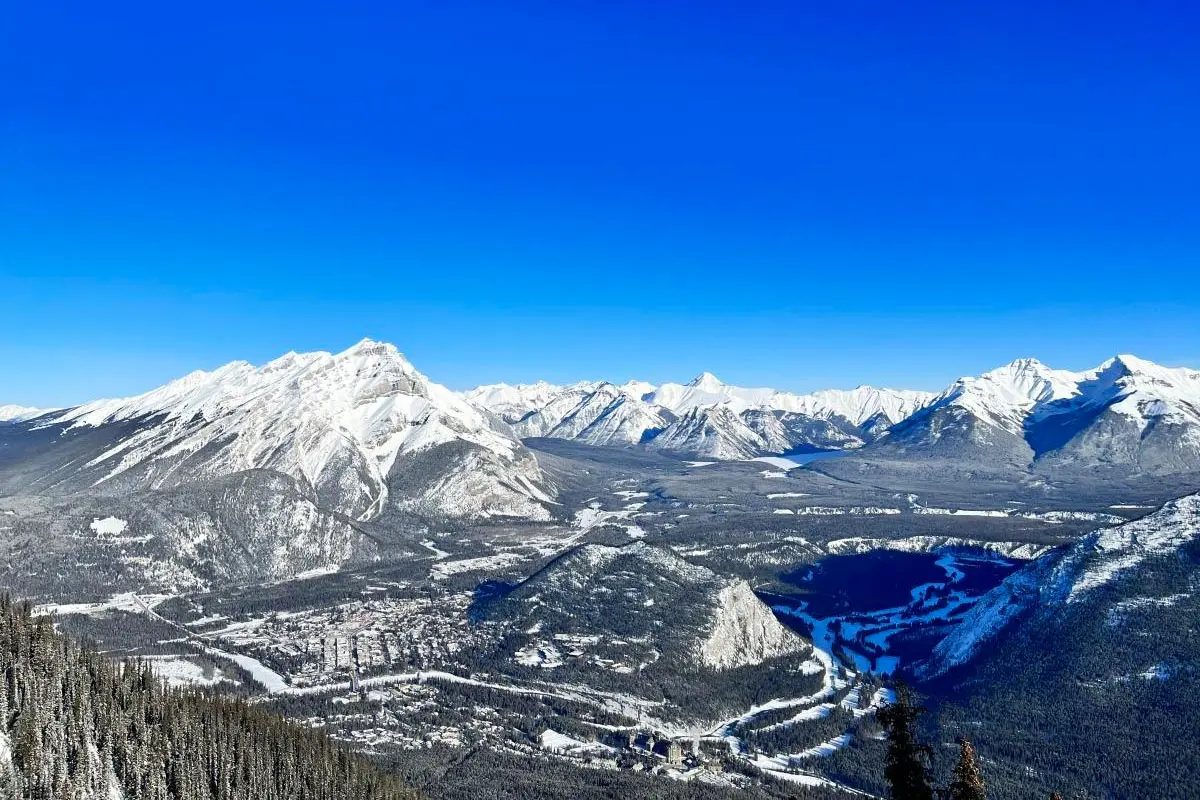
Banff National Park boasts the greatest beauty of the Rockies. Banff National Park, a tourist attraction from around the world, became known to the world in 1883 when a worker constructing the Canadian Pacific Railway accidentally slipped and fell from the eastern slope of the Rocky Mountains and discovered a cave with hot springs flowing there. This is Canada's first national park and the world's third, with valleys, mountains, glaciers, forests, grasslands, and rivers spread over a vast area of 6,641 square kilometers.
Johnston Canyon Light trekking and forest bathing (Lower Falls)
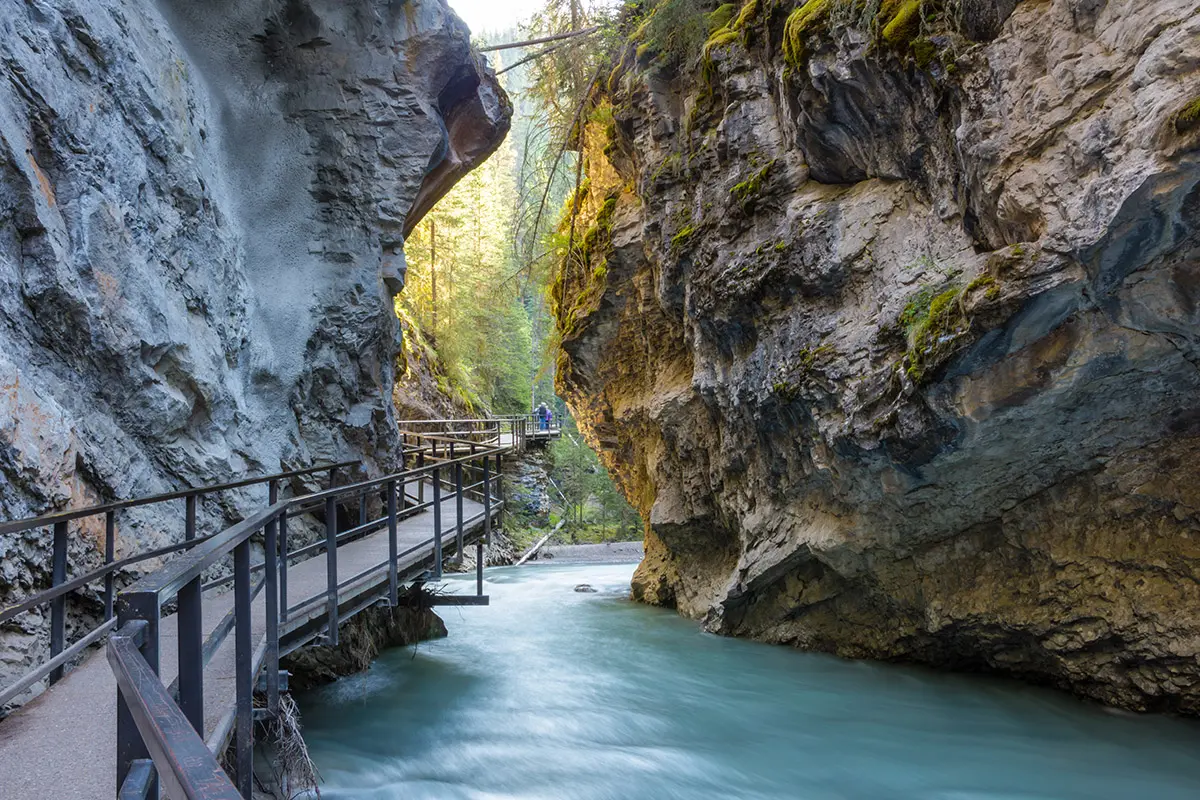
Johnston Creek is a small stream that branches off the Bow River in the Canadian Rockies. Located within Banff National Park, it is also a famous spot where you can naturally encounter wild animals such as deer and red squirrels, as well as unique canyons and trekking courses. To go winter trekking, wearing crampons is essential.
Crowfoot Glacier
Crowfoot Glacier is located in Banff National Park, Alberta, Canada, 32 km (20 mi) northwest of Lake Louise, and can be viewed from the Icefields Parkway. The glacier is situated on the northeastern flank of Crowfoot Mountain.
Bow Lake

Small lake within Banff National Park, formed by runoff of the Bow Glacier & with a historic lodge.
Peyto Lake (Summer) It is the highest lake in the Rocky
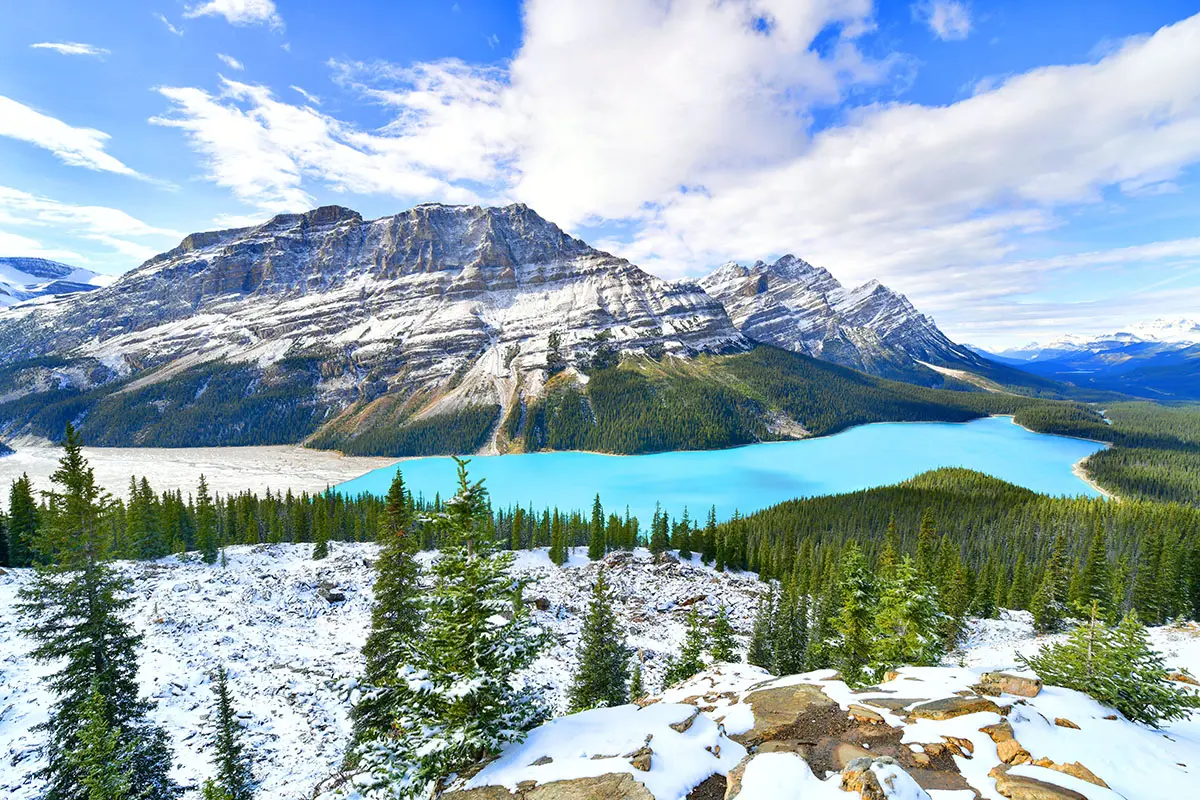
Peyto Lake, a collection of glacial meltwater, is the highest lake in the Rockies and captivates visitors with its turquoise waters and beautiful surrounding mountain scenery. In the summer, it shines with a brilliant blue light and is surrounded by snow-capped mountains, creating a spectacular sight. / Only available for departures between July and September, and the tour may not be available depending on local circumstances.
Athabasca Falls Forest bathing along the waterfall trail
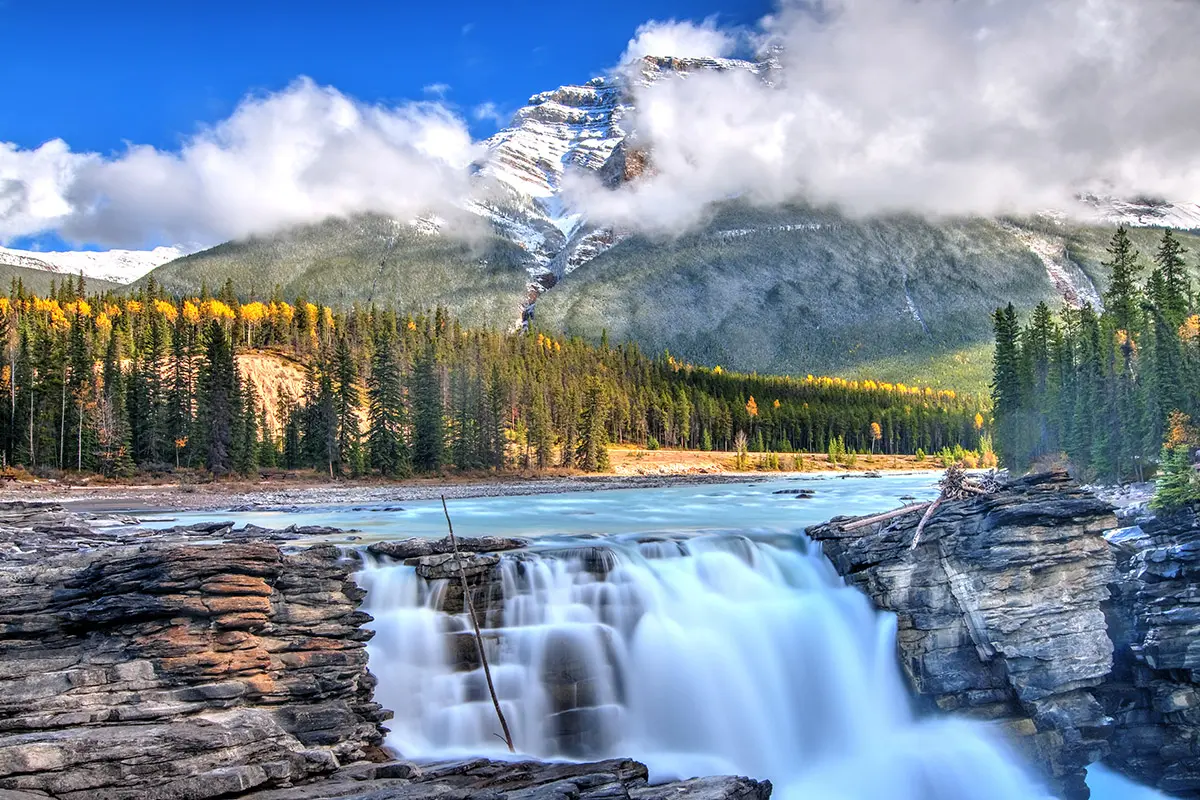
At 23 meters high, Athabasca Falls is not the tallest waterfall in the Canadian Rockies, but falls into the canyon of the Athabasca River, which originates from the expansive Columbia Icefield. Judging by the magnificent sound it gushes, it is undoubtedly one of the most powerful waterfalls.
Hinton Get rest at the hotel
Hinton is a town in west-central Alberta, Canada. It is located in Yellowhead County, 81 km northeast of Jasper and about 284 km west of Alberta's capital city, Edmonton, at the intersection of Yellowhead and Bighorn Highway, in the Athabasca River valley.
After breakfast, meet the guide
Jasper National Park A vast wilderness area of Alberta province defined by glaciers
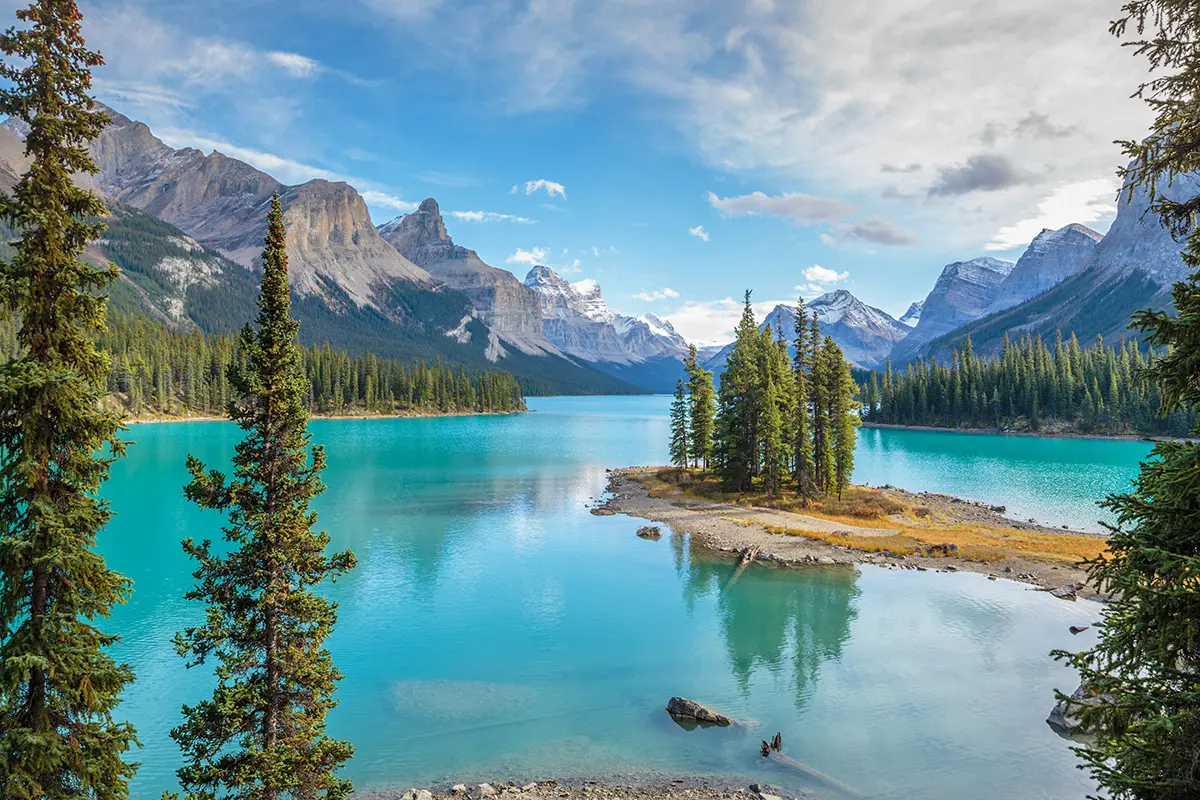
Jasper, an alpine town in Canada’s Alberta province, is the commercial centre of Jasper National Park. Amid the snow-capped Canadian Rockies, the park has glacier-fed lakes, forests and rivers. The Jasper SkyTram climbs to the summit of Whistlers Mountain, with views of downtown. The Jasper Yellowhead Museum and Archives presents exhibits on the fur trade, railway and early exploration of the park.
Icefield Parkway The world's most beautiful driving course from Jasper to Lake Louise
Easy to travel in a day, the Icefields Parkway might only be 232 kilometres long (144 miles), but it’s one of the world’s most spectacular driving routes. Named one of the top 10 drives in the world by Condé Nast Traveler, the Icefields Parkway links Banff National Park and Jasper National Park in the Canadian Rockies, along the way taking in mountain peaks, turquoise lakes, and over 100 glaciers, including the Athabasca Glacier.
Columbia Icefield Glacier Adventure Boasting the largest and most famous ice cap in the Canadian Rockies
[Optional] Columbia Icefield Adventure Adult C$100, Child(6-15) C$60 (Tax included)
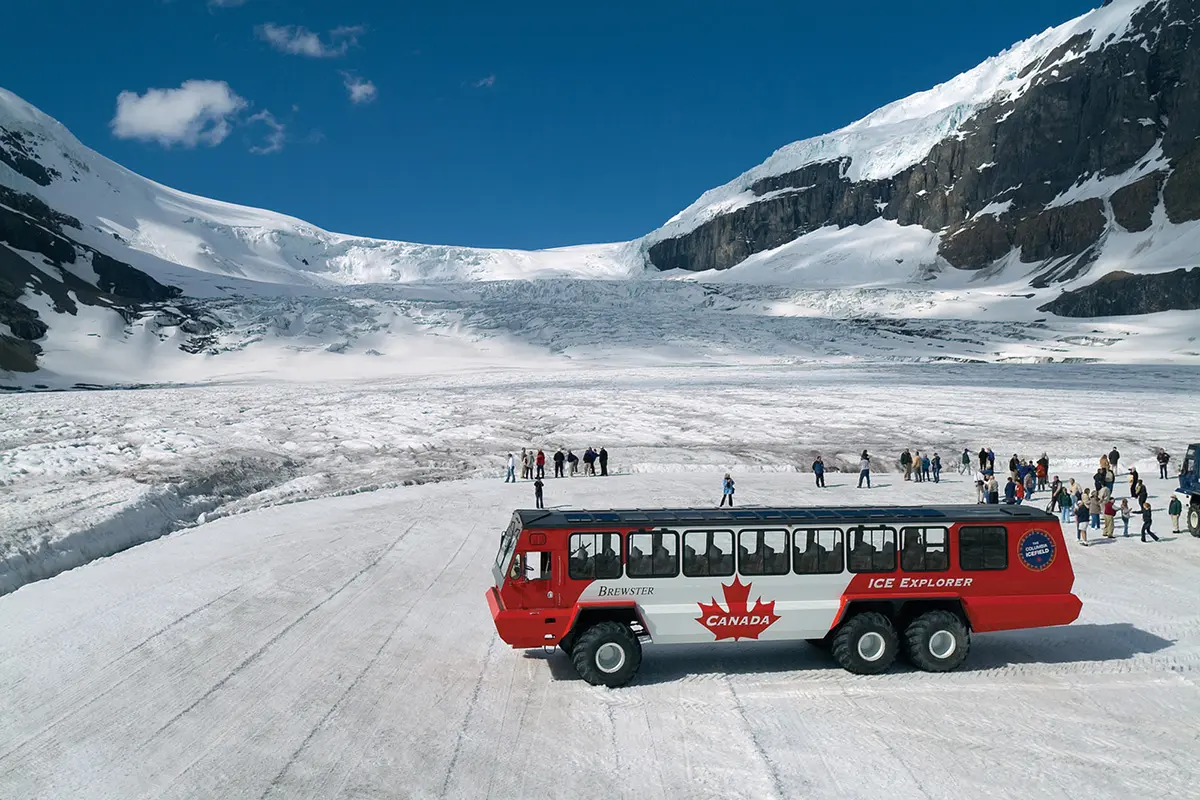
Discover the Athabasca Glacier aboard an ice explorer vehicle equipped to handle the rugged ice landscape.
Yoho National Park (Summer) Must-visit spot when traveling to the Rockies
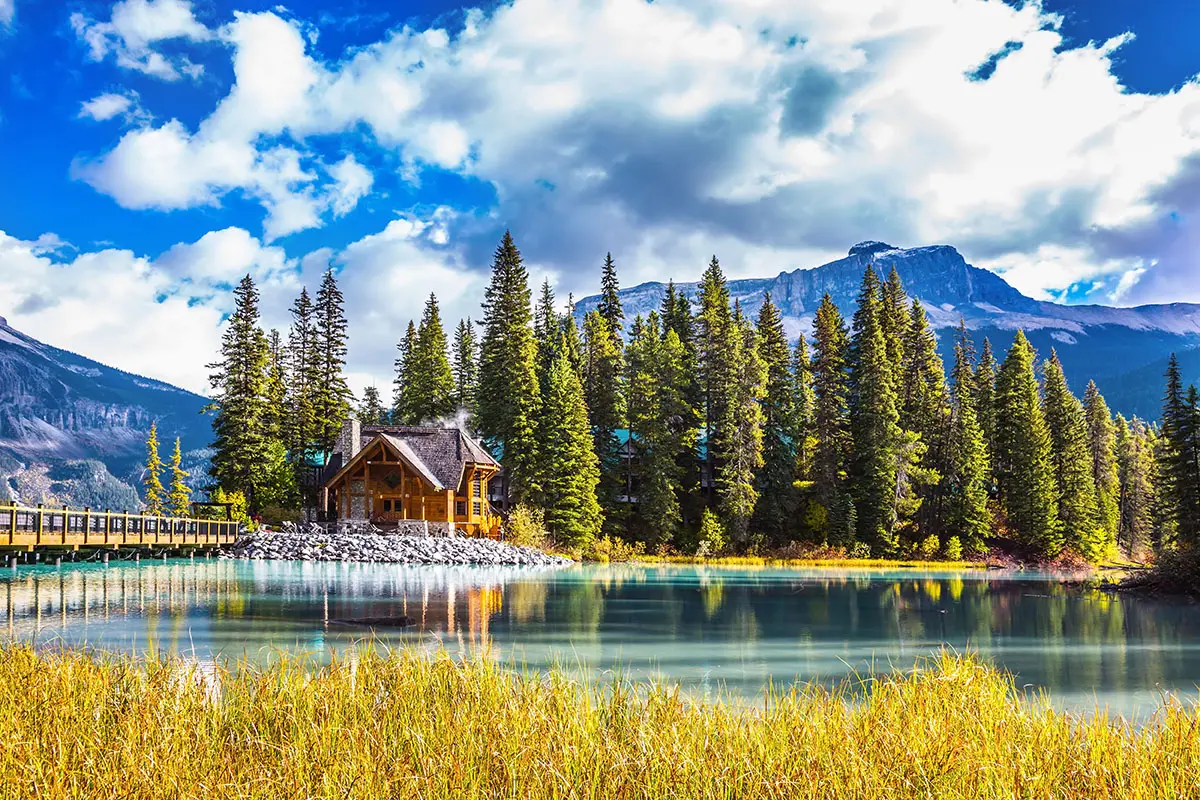
It is a small national park located to the west of Banff National Park, and although it is small, it has 28 mountains over 3000m. There is a lot to see, from famous tourist destinations such as the Field area, Emerald Lake, Takakau Falls, and Natural Bridge to the lesser-known Lake O'Hara.
Emerald Lake (Summer) Peaceful Beauty of the Scene
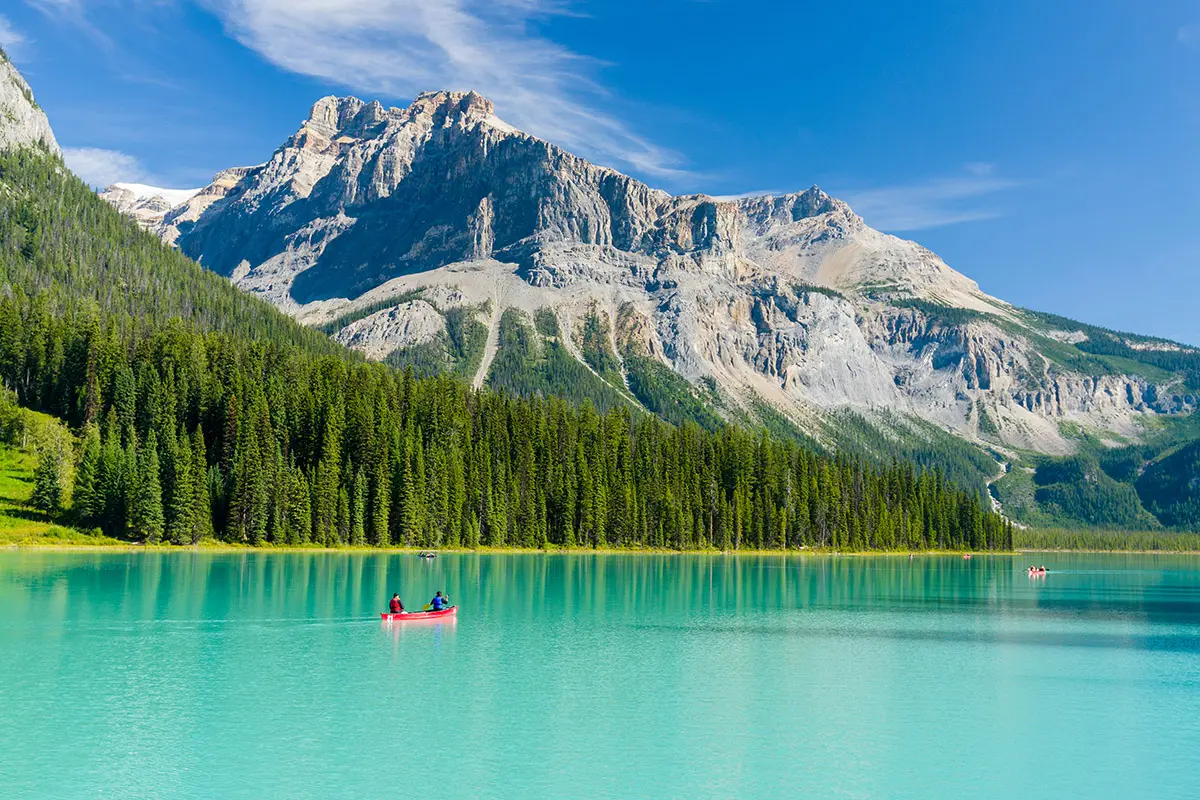
The vivid green color of the water is caused by powdered rock from the glaciers, which reflects the blue-green spectrum of sunlight. The rock type and the amount of it in the water causes the color to vary from lake to lake and month to month, even week to week. Due to its 53 degree latitude and moderately high altitude, the lake is frozen from November until late April or early May.
Lake Louise (Summer) Tour the one of the UNESCO acknowledged World's Top Ten Beauties, the Lake Louise.

Lake Louise (named Ho-run-num-nay (Lake of the Little Fishes) by the Stoney Nakota First Nations people) is a glacial lake within Banff National Park in Alberta, Canada. Situated 11 km (6.8 mi) east of the border with British Columbia, Lake Louise is located 5 km (3.1 mi) west of the hamlet of Lake Louise and the Trans-Canada Highway (Highway 1).
Lake Louise is named after the Princess Louise Caroline Alberta (1848–1939), the fourth daughter of Queen Victoria and the wife of the Marquess of Lorne, who was the Governor General of Canada from 1878 to 1883.
The turquoise colour of the water comes from rock flour carried into the lake by melt-water from the glaciers that overlook the lake. The lake has a surface of 0.8 km2 (0.31 sq mi) and is drained through the 3 km long Louise Creek into the Bow River.
Fairmont's Chateau Lake Louise, one of Canada's grand railway hotels, is located on Lake Louise's eastern shore. It is a luxury resort hotel built in the early decades of the 20th century by the Canadian Pacific Railway.
Moraine Lake and Lake Agnes are also accessible from Lake Louise.
Fairmont Château Lake Louise The world-famous Fairmont family of hotels
The natural area surrounding the hotel has been incorporated into Banff National Park, a World Heritage Site by UNESCO.
[Optional] Moraine Lake C$30/person from June to mid-October (may not be available due to local conditions)
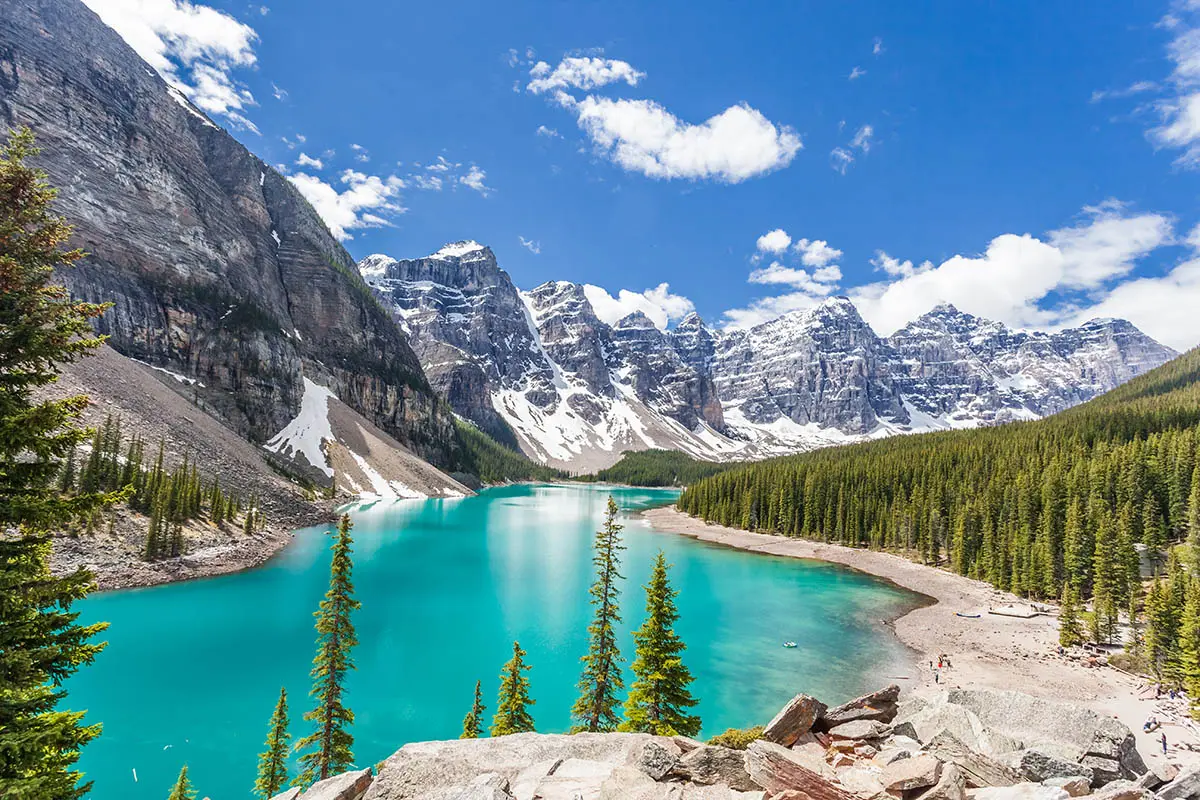
Moraine Lake is a glacially fed lake in Banff National Park, 14 kilometres (8.7 mi) outside the hamlet of Lake Louise, Alberta, Canada. It is situated in the Valley of the Ten Peaks, at an elevation of approximately 1,884 metres (6,181 ft). The lake has a surface area of 50 hectares (120 acres). When it is full, it reflects a distinctive shade of azure blue. The unique colour is due to the refraction of light off the rock flour deposited in the lake on a continual basis by surrounding glaciers. / Only available for departures between June and October. Tours may not be available depending on local circumstances. / The Canada Strong Pass does not apply to Moraine Lake. Park entrance fees are remitted to Parks Canada.
Banff city City tour and plenty of rest at the hotel
Banff is a resort town in the province of Alberta, located within Banff National Park. The peaks of Mt. Rundle and Mt. Cascade, part of the Rocky Mountains, dominate its skyline. On Banff Avenue, the main thoroughfare, boutiques and restaurants mix with château-style hotels and souvenir shops.
Banff City (Summer) Cute Charm
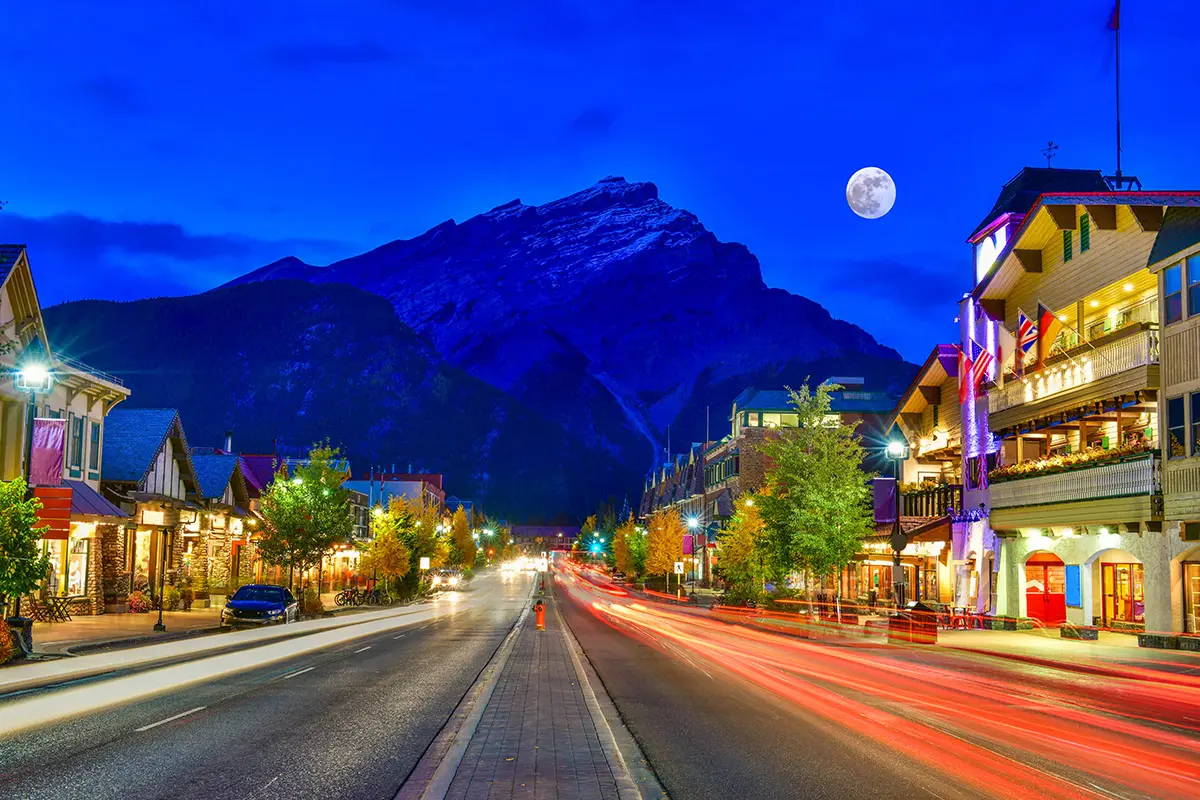
Nestled in the Canadian Rockies, Banff is both an adventure hub and a cultural hotspot. Surrounded by majestic mountains in every direction, the town plays host to a venerable arts and culture scene along.
After breakfast, meet the guide
Bow River The filming location of the movie "River of No Return," starring Marilyn Monroe
The name "Bow" refers to the reeds that grew along its banks and which were used by the local First Nations people to make bows; the Blackfoot language name for the river is Makhabn, meaning "river where bow weeds grow".
Bow Falls Set in a big river valley eroded by past glaciers, this wide & short waterfall is a local landmark.
Bow Falls is a major waterfall on the Bow River, Alberta just before the junction of it and the Spray River. The falls are located near the Banff Springs Hotel and golf course on the left-hand side of River Road. The falls are within walking distance of both Banff and the Banff Springs Hotel so they are visited by a large number of tourists despite their relatively small size.
Banff Springs Hotel A hotel resembling an old British castle with over 100 years of tradition

The hotel opened in 1888 by the Canadian Pacific Railway, as one of the earliest of Canada's grand railway hotels.
Sulfur Mountain
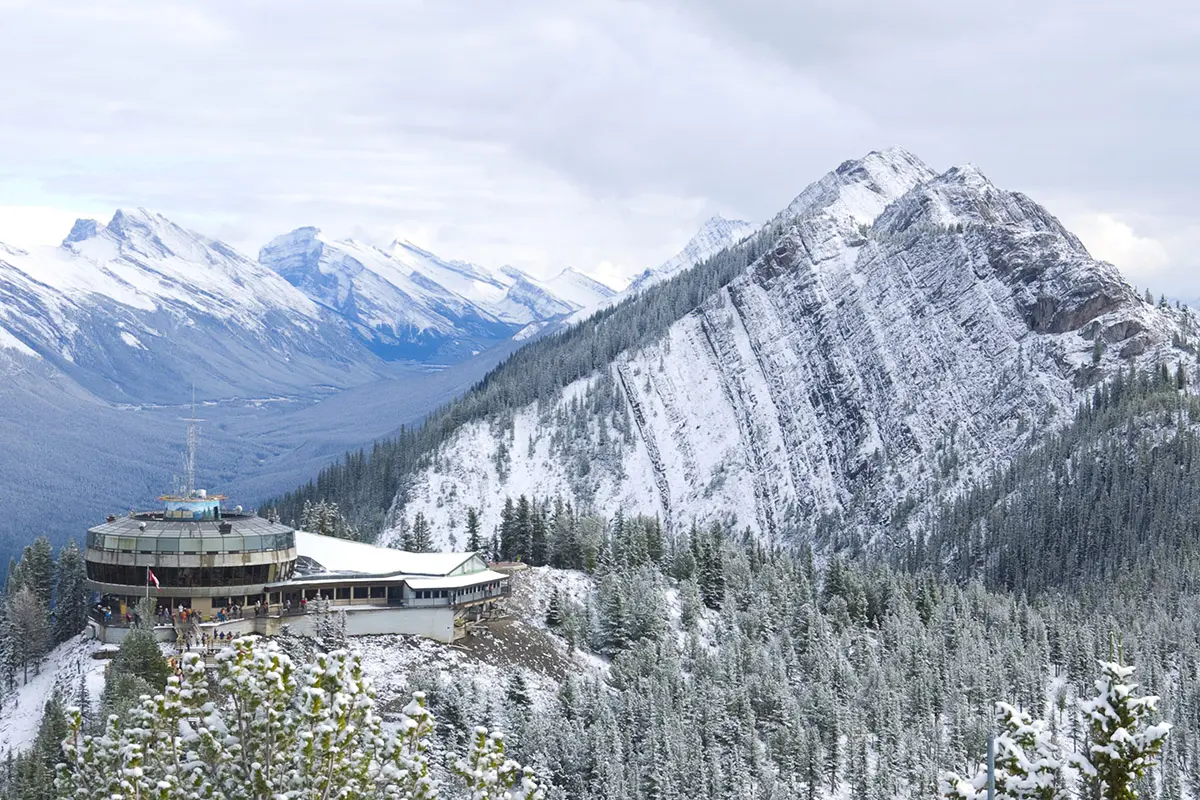
Banff National Park boasts the greatest beauty of the Rockies. Banff National Park, a tourist attraction from around the world, became known to the world in 1883 when a worker constructing the Canadian Pacific Railway accidentally slipped and fell from the eastern slope of the Rocky Mountains and discovered a cave with hot springs flowing there. This is Canada's first national park and the world's third, with valleys, mountains, glaciers, forests, grasslands, and rivers spread over a vast area of 6,641 square kilometers.
[Optional] Banff Gondola Adult C$90, Child(6-15) C$60 (Tax included)
Alberta's most famous observatory, where you can see the majestic Rocky Mountains and beautiful Banff City at a glance, as if surrounded by a folding screen - climb up to the Sulfur Mountain Observation Deck, the top of Banff, and look down on Banff. As you walk along the installed deck, take in the endless outdoor Rocky Mountain scenery.
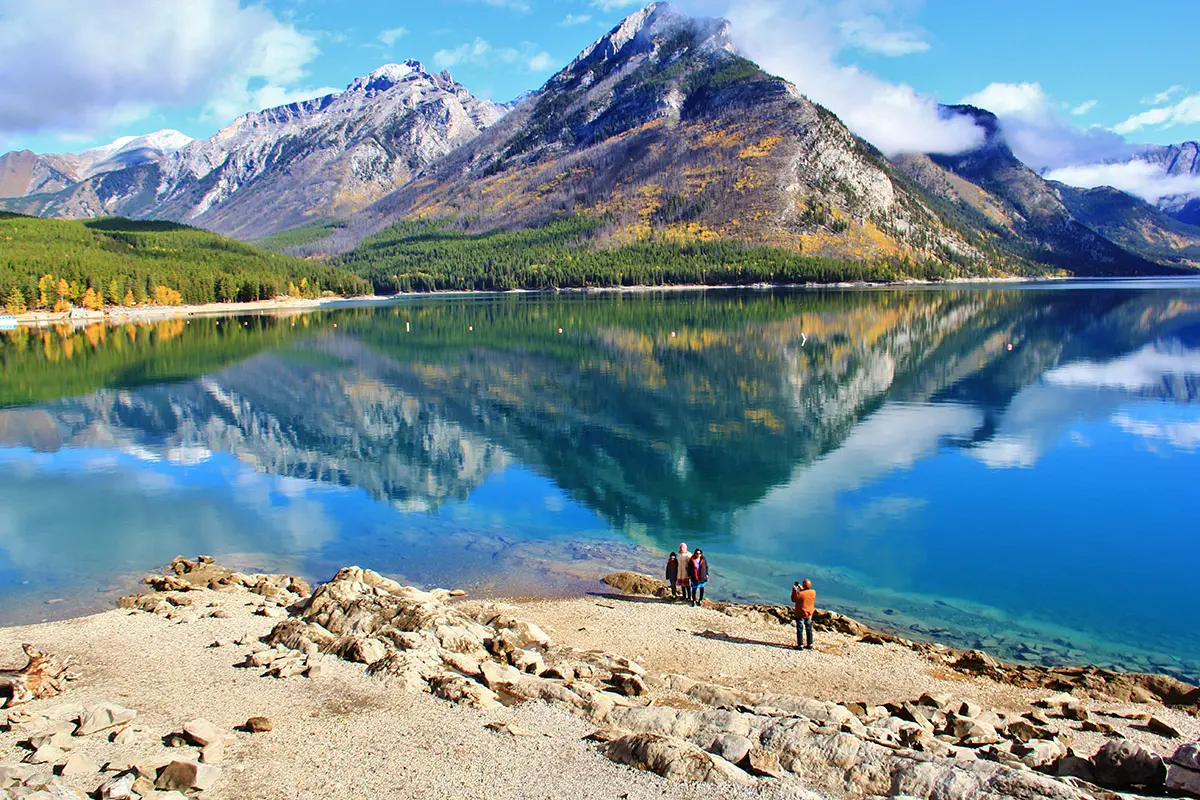
Lake Minnewanka is a glacial lake in the eastern area of Banff National Park in Canada, about five kilometres northeast of the Banff townsite. The lake is 21 km long and 142 m deep, making it the 2nd longest lake in the mountain parks of the Canadian Rockies.
Canmore Village of longevity
Canmore is a town in Alberta’s Rocky Mountains, west of Calgary. It’s known for craggy summits like the Three Sisters and Ha Ling Peak. In nearby Canmore Nordic Centre Provincial Park, the Grassi Lakes Trail weaves past a waterfall to 2 turquoise blue lakes. The park also features cross-country ski and mountain-bike trails. East, Grotto Canyon’s steep limestone walls flank a narrow creek bed leading to a cave.
Calgary Famous for the Stampede Rodeo Festival
Calgary, a cosmopolitan Alberta city with numerous skyscrapers, is experiencing rapid growth thanks to its status as the center of Canada's oil industry. Western culture is very developed here, and the Calgary Stampede, a large-scale rodeo and festival, is held in July, and the city is also called "Cowtown."
After breakfast, meet the guide
[Optional] Calgary Heritage Park Historic Village Adult C$28, Child: C$20 (Tax included)
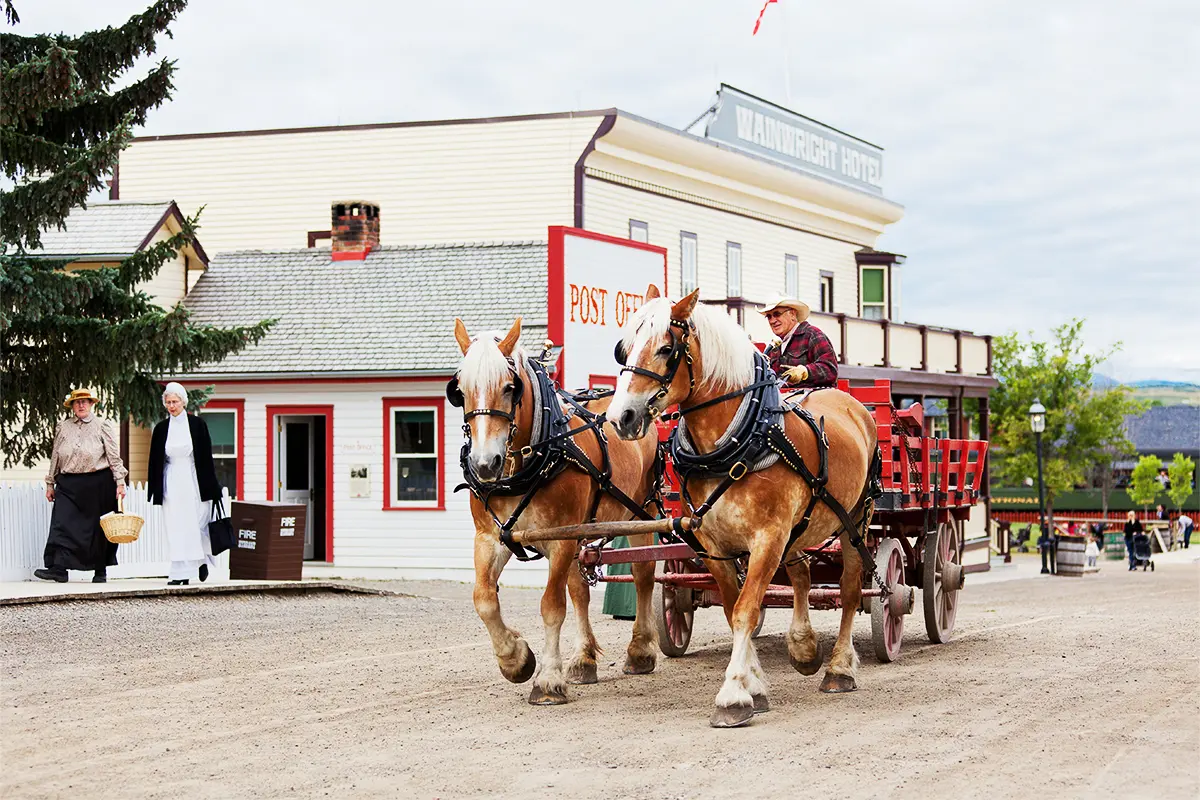
A place where you can enjoy 4 themes at Heritage Square from 100 years ago
Heritage Park Historical Village is a historical park located in Calgary, Alberta. The park is located on 127 acres (51 hectares) of parkland along the southwestern edge of the city, on the shores of Glenmore Reservoir. It is Canada's largest living history museum and one of the city's most visited tourist attractions.
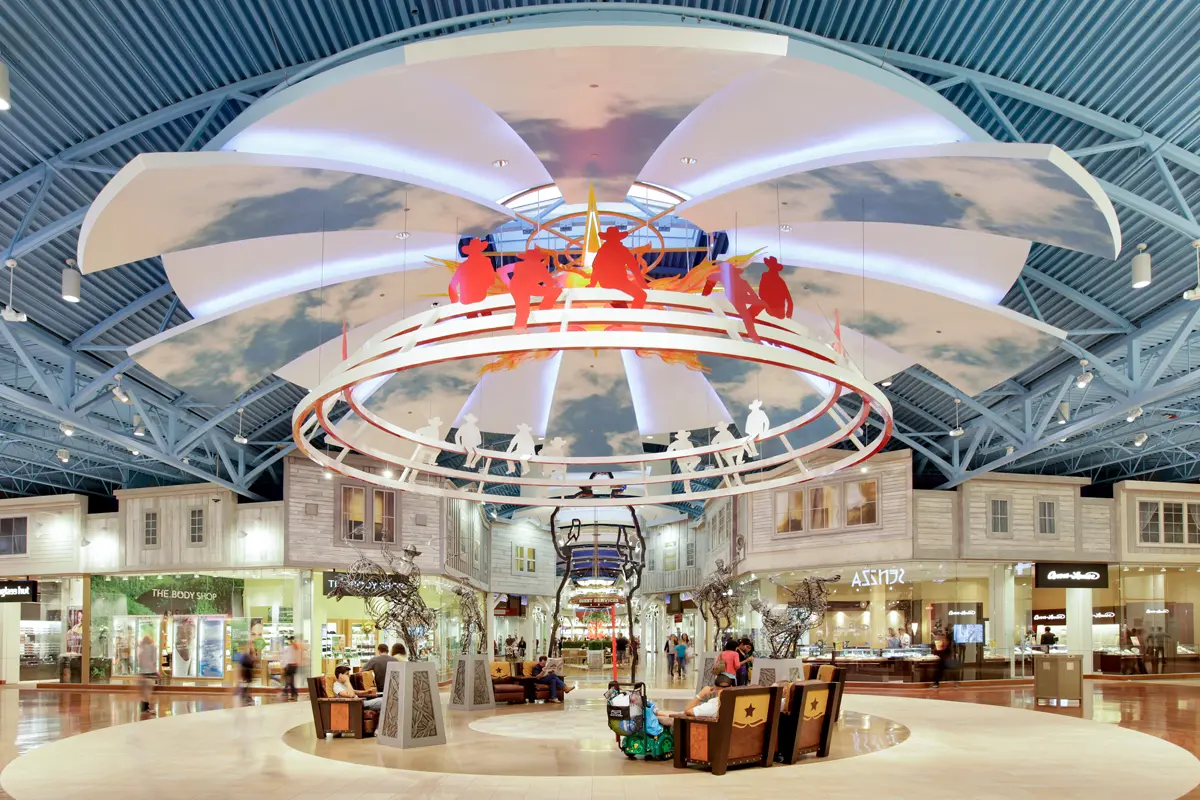
Big, stylish mall with many brand-name retailers & outlet stores, plus a food court & multiplex.
Calgary International Airport Head to the airport at 1PM (Please arrange a return flight after 3:50 PM)



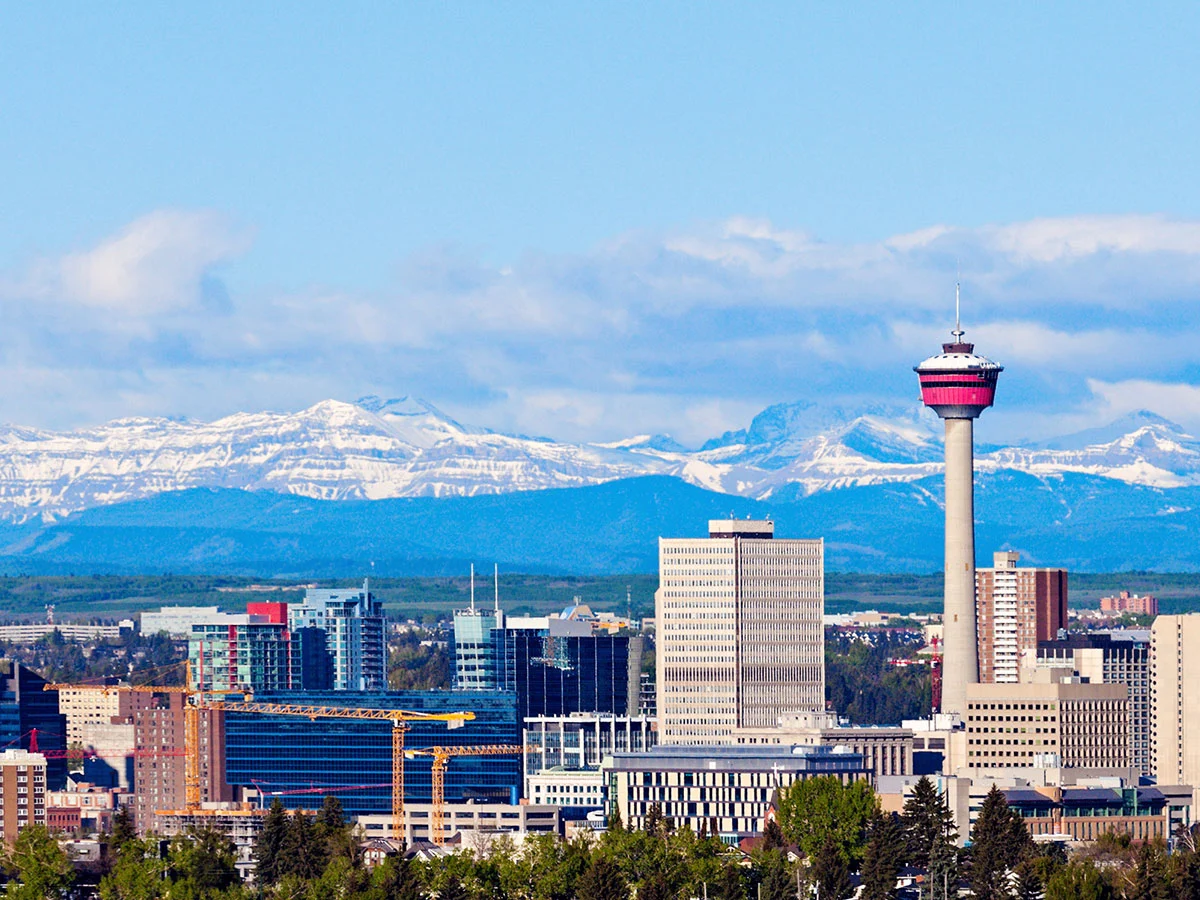
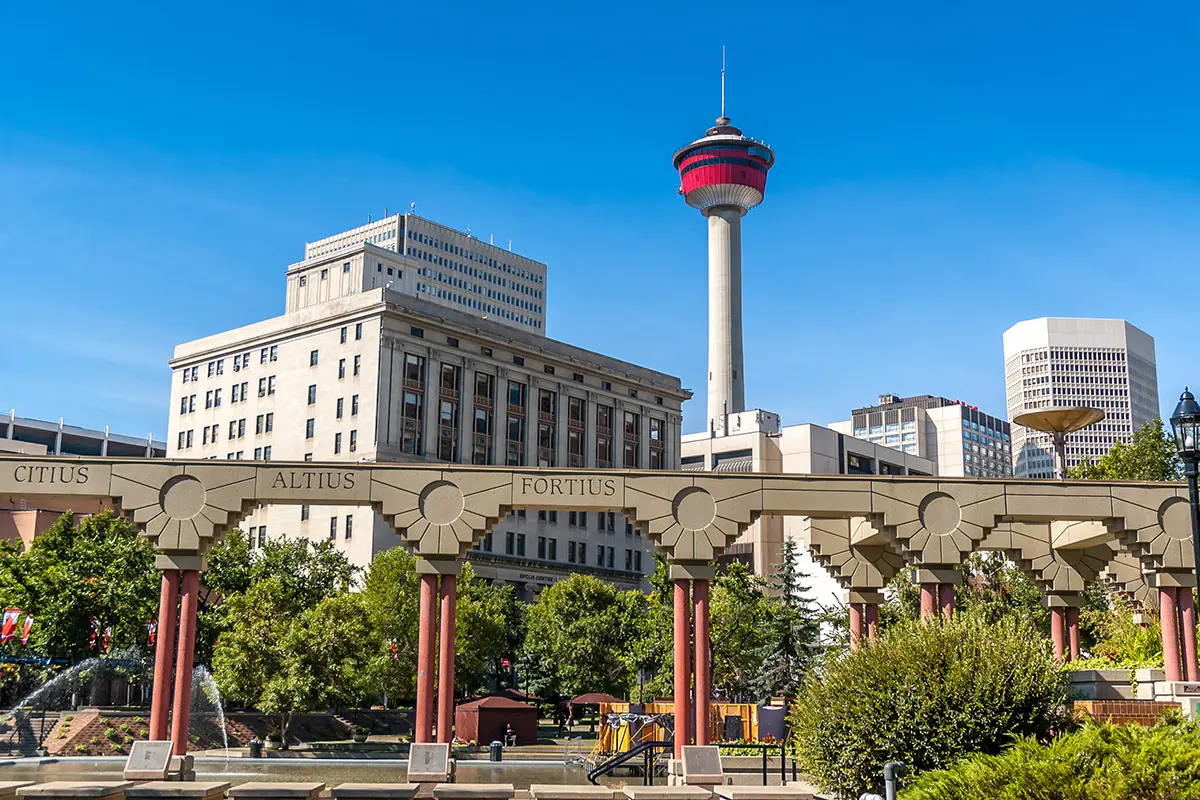
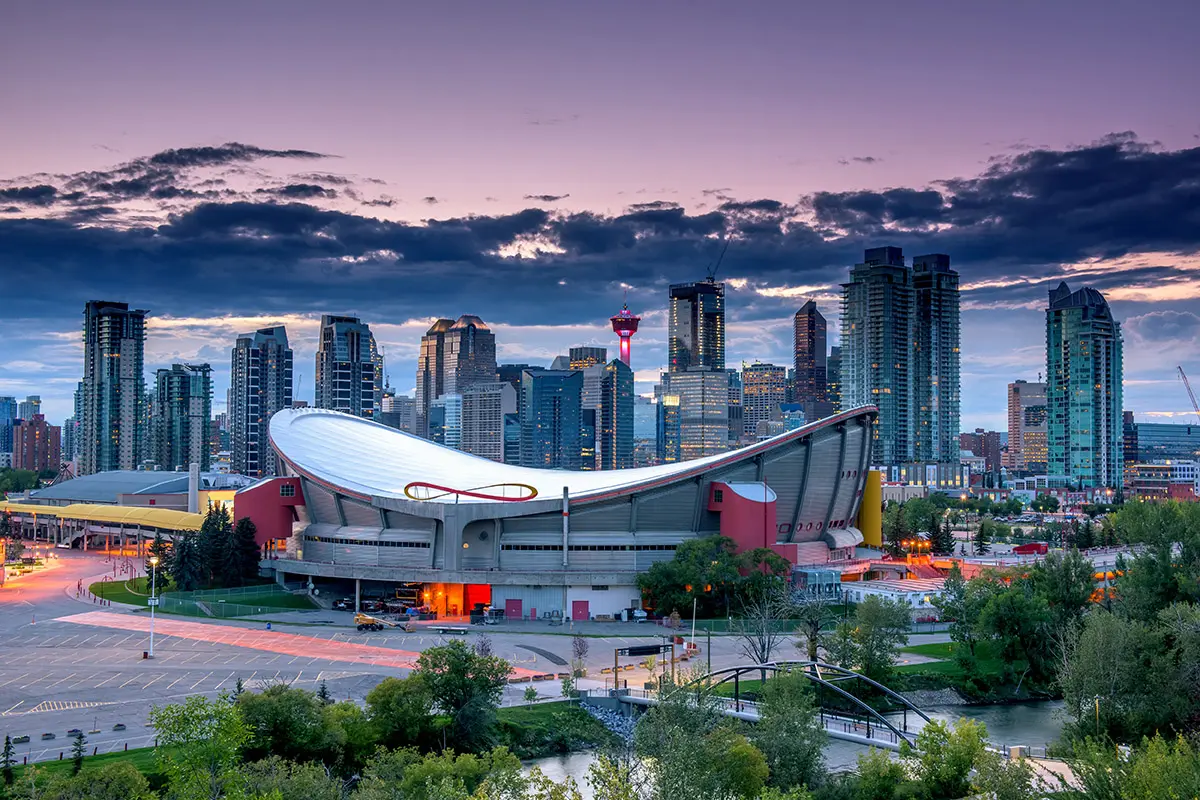
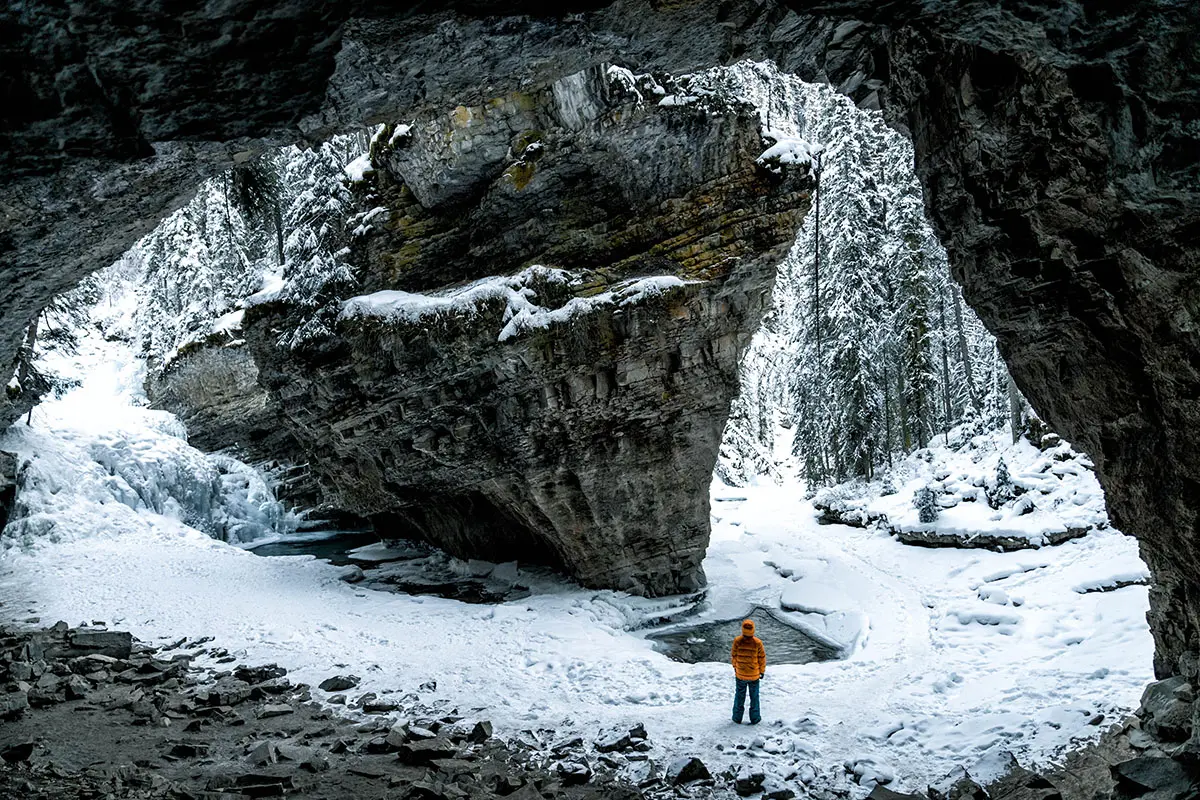
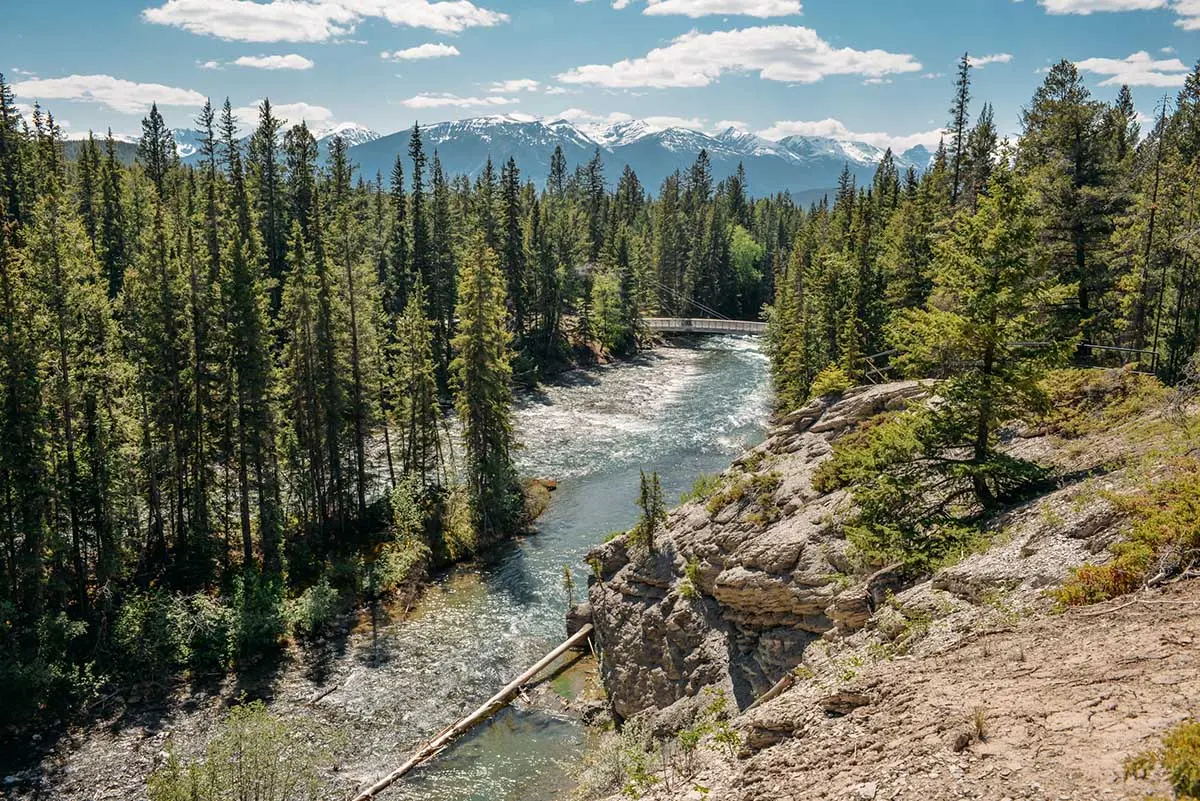
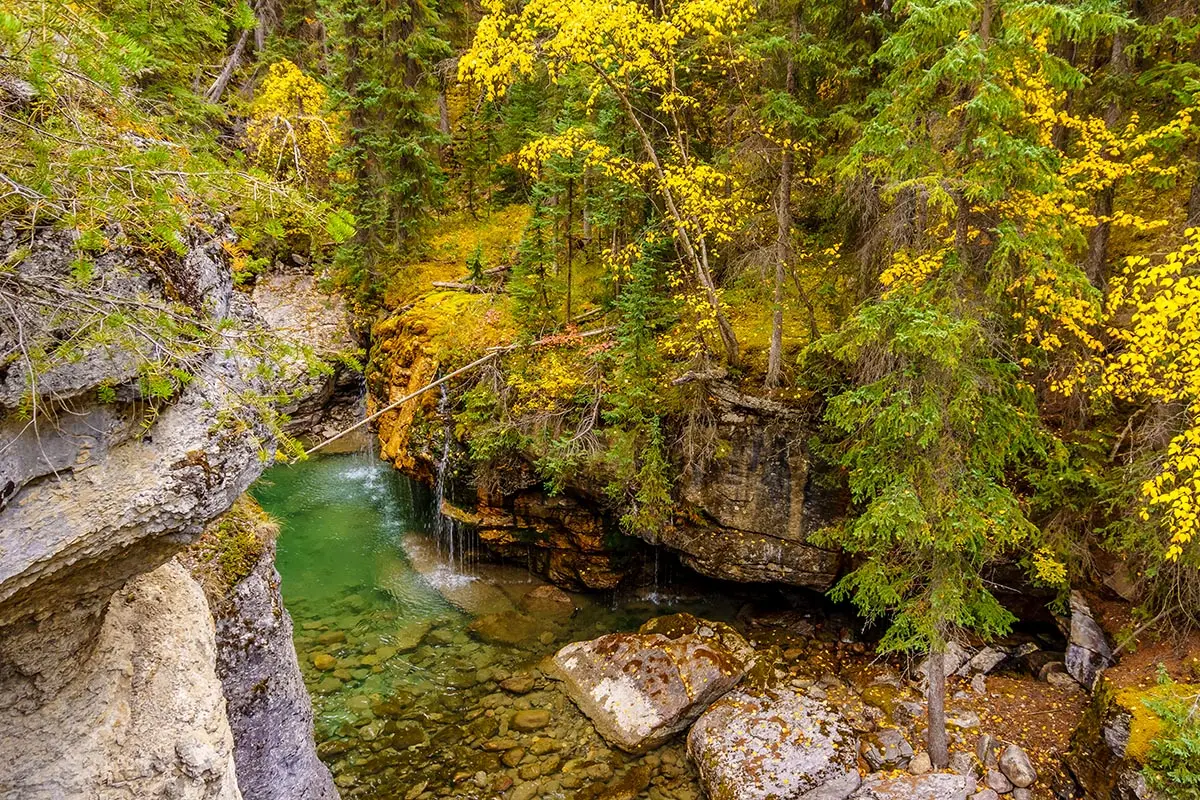
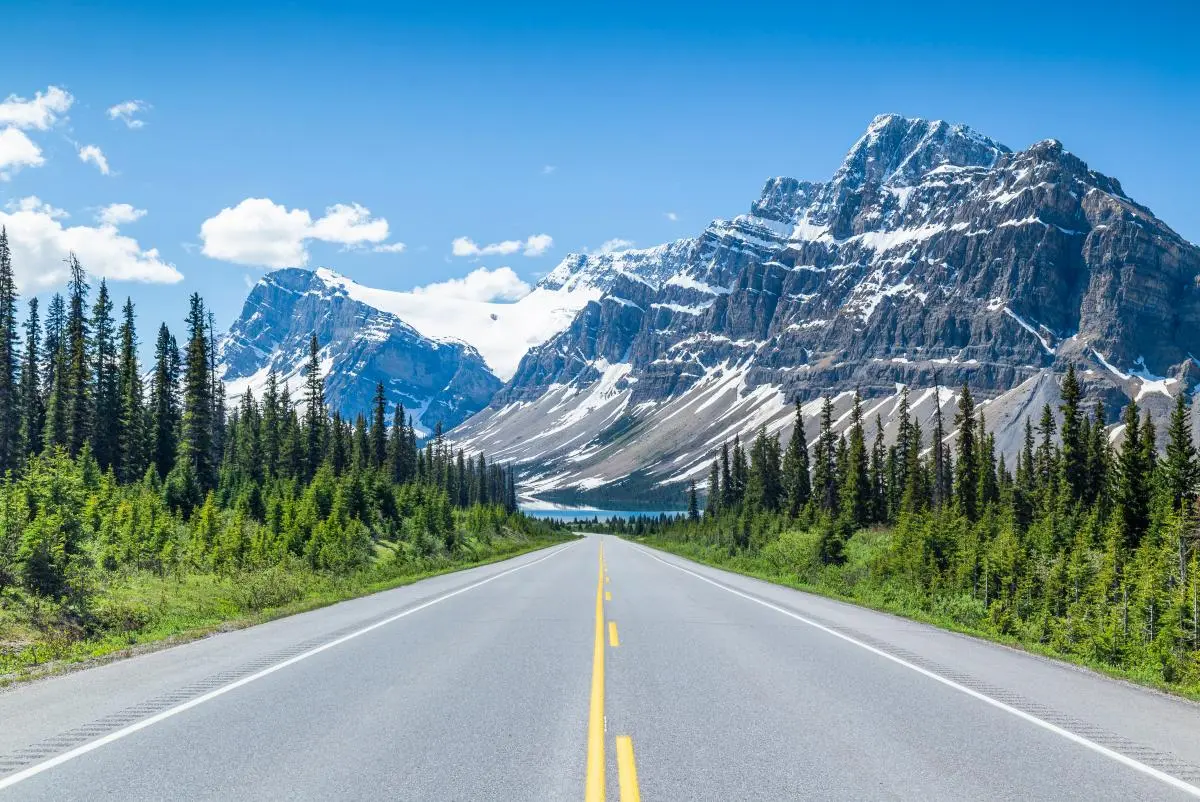
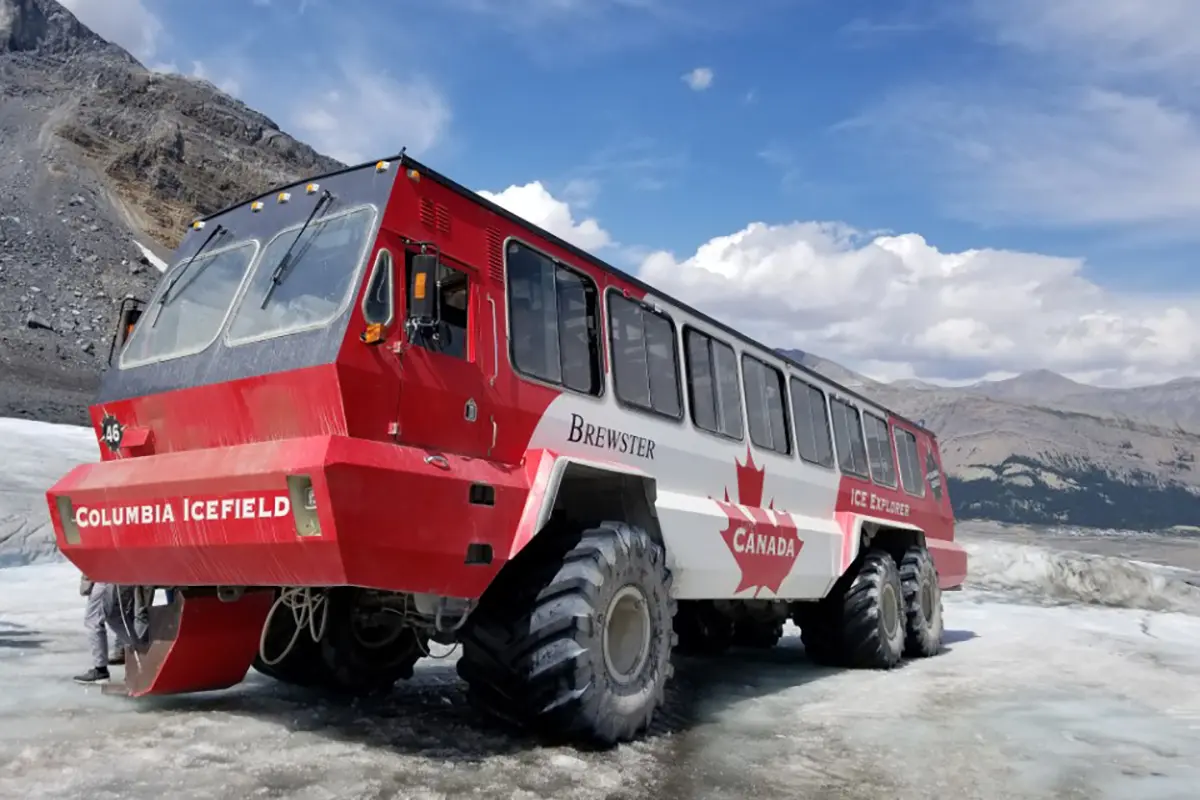
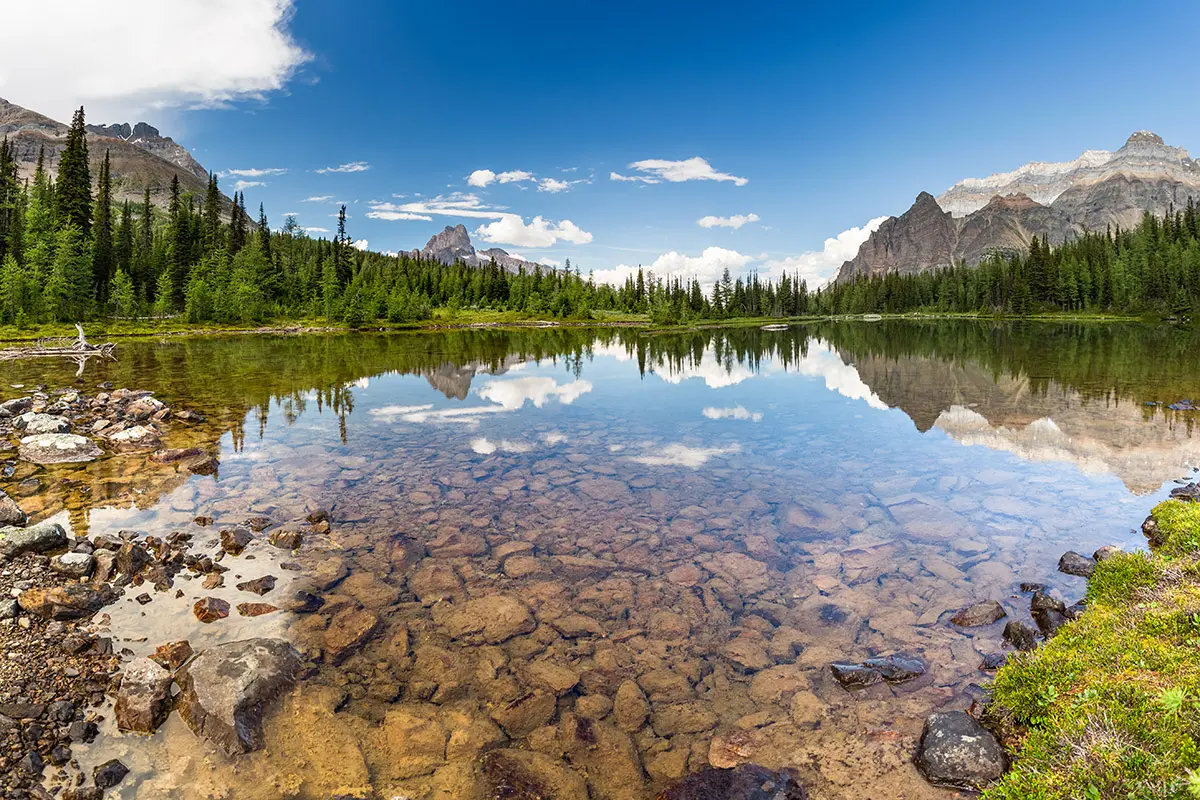
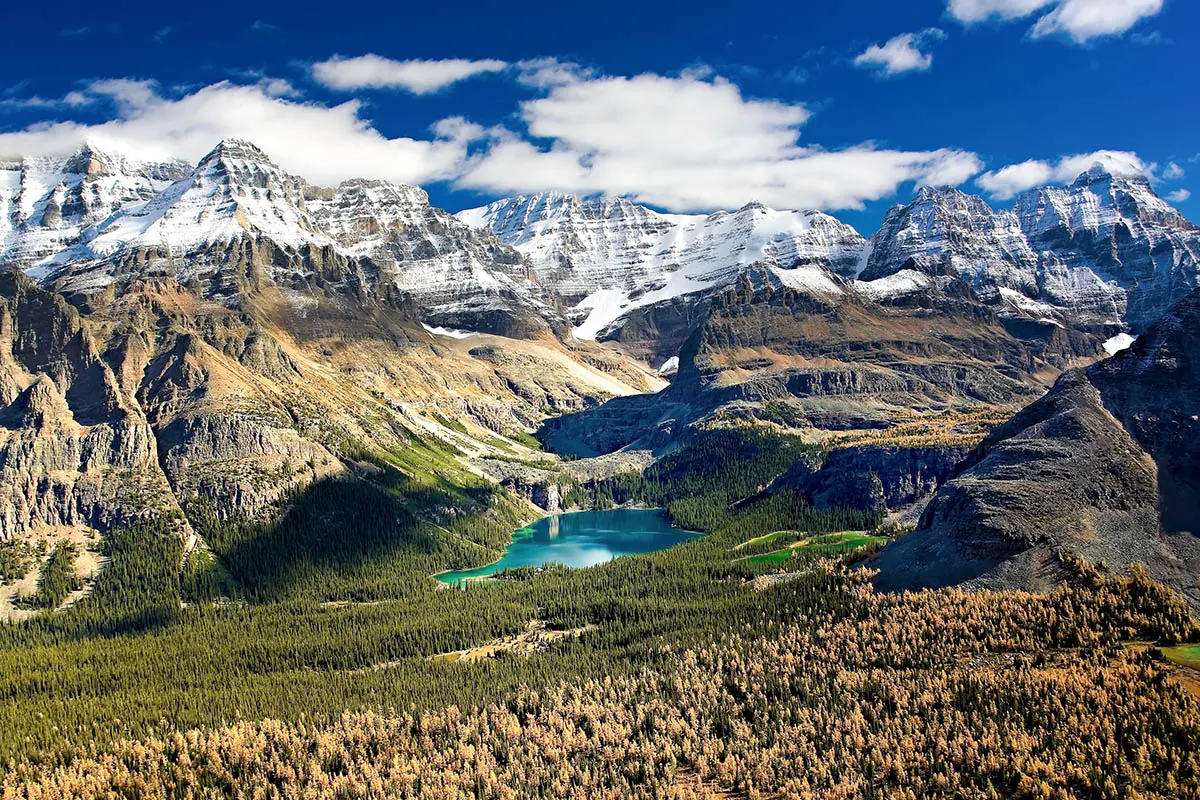
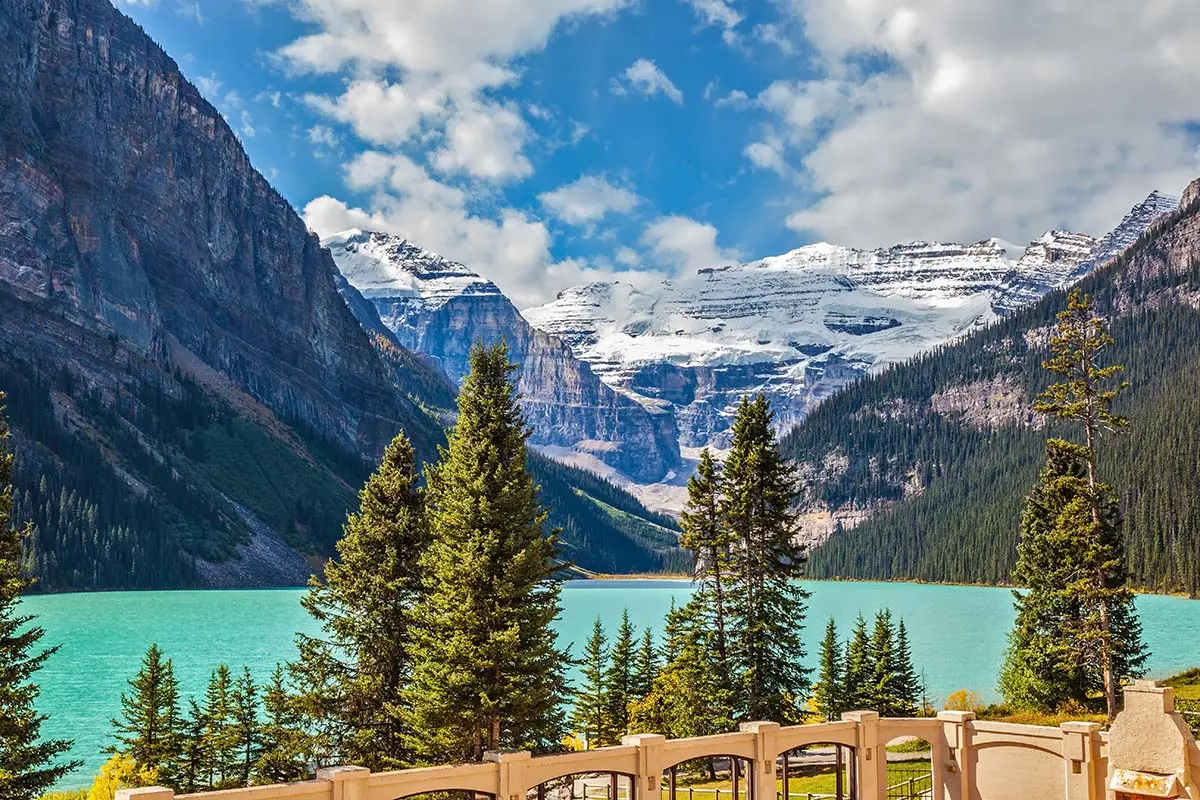
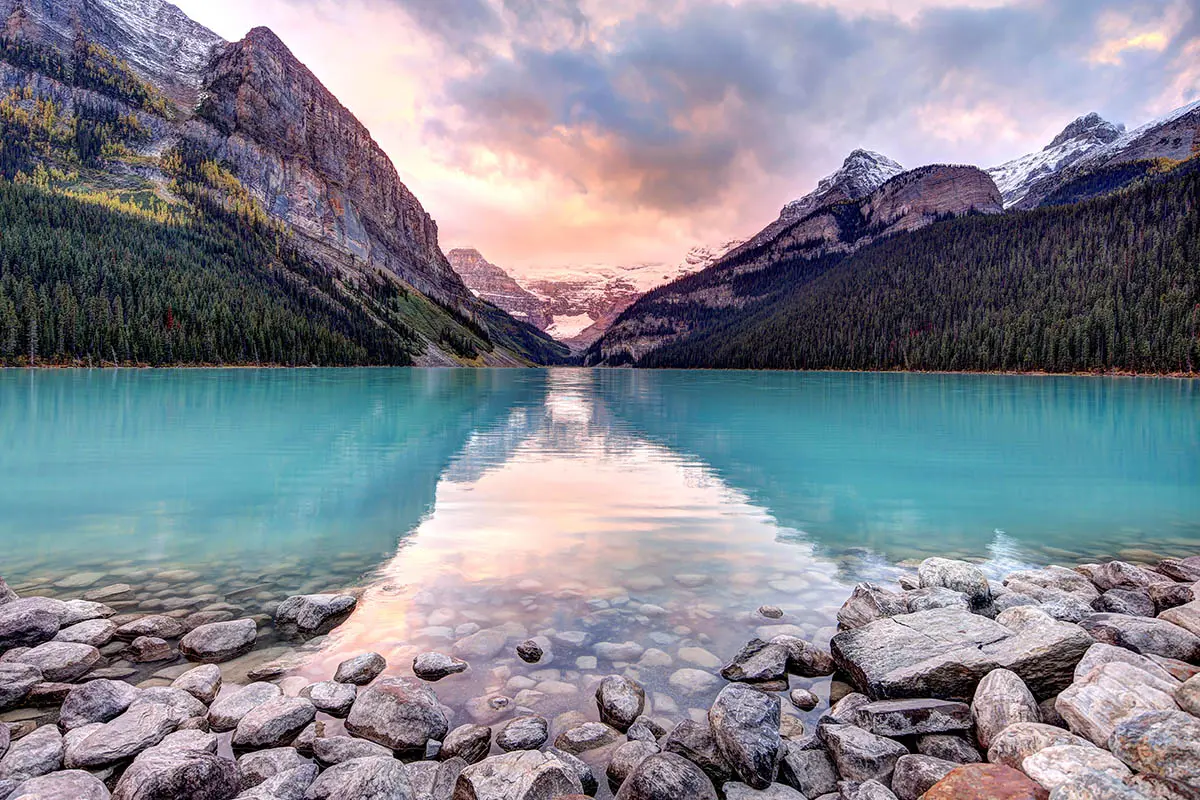
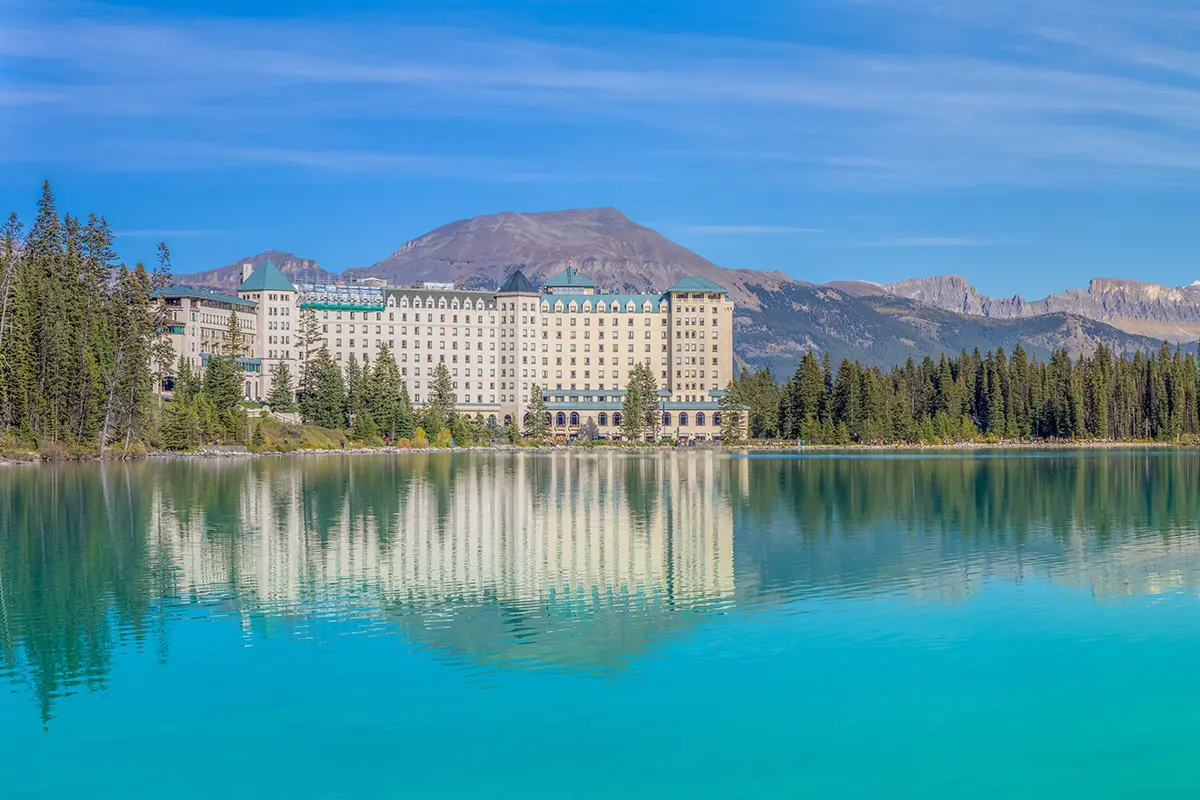
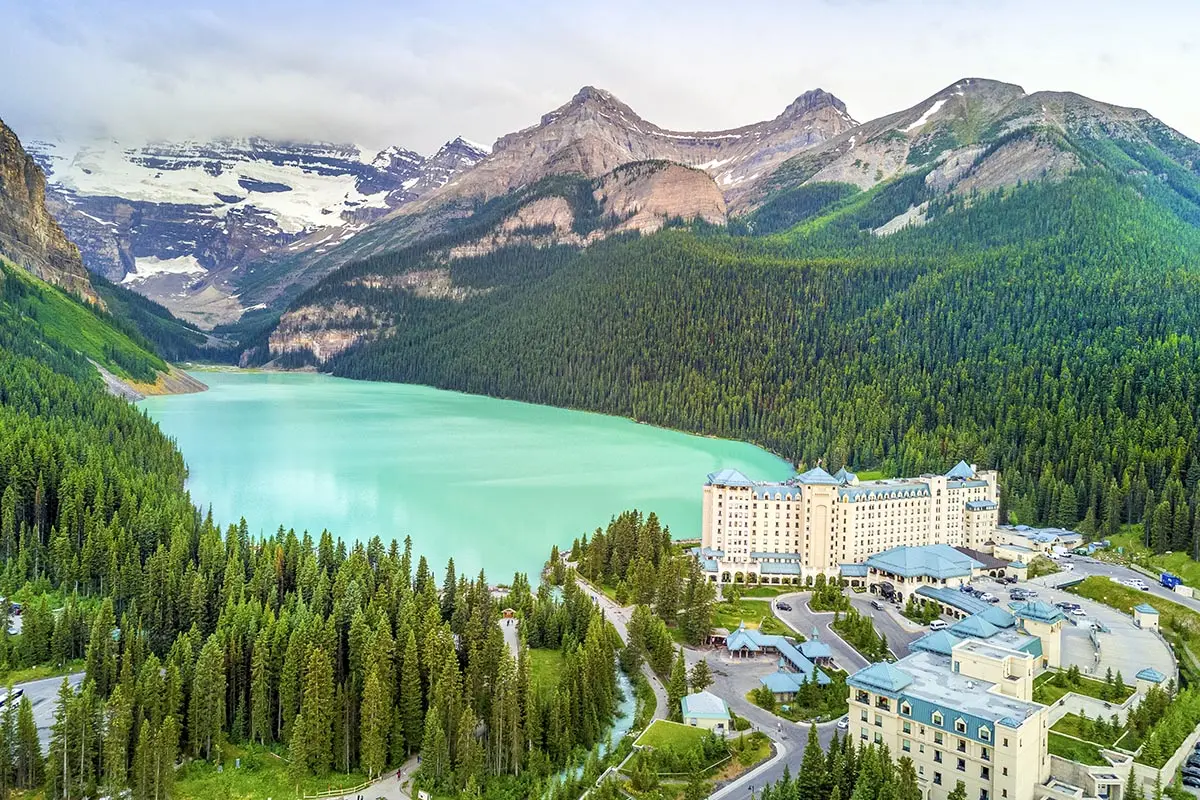
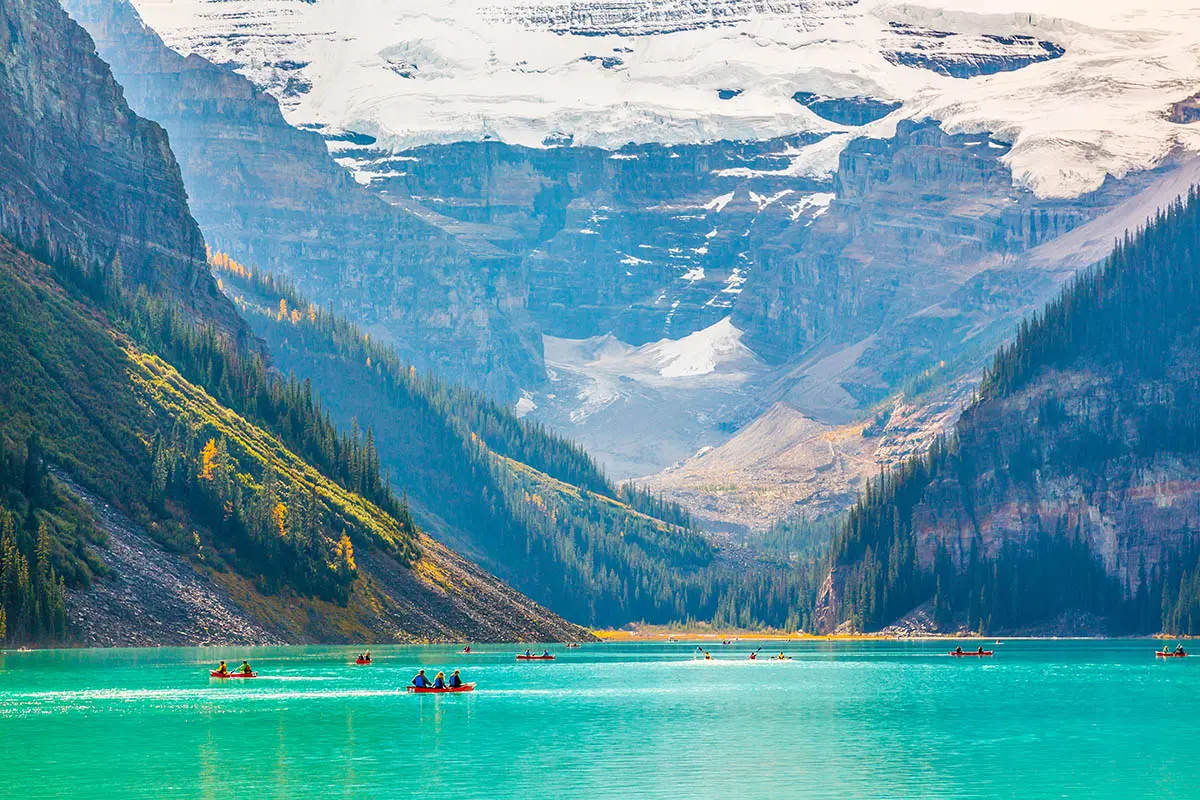
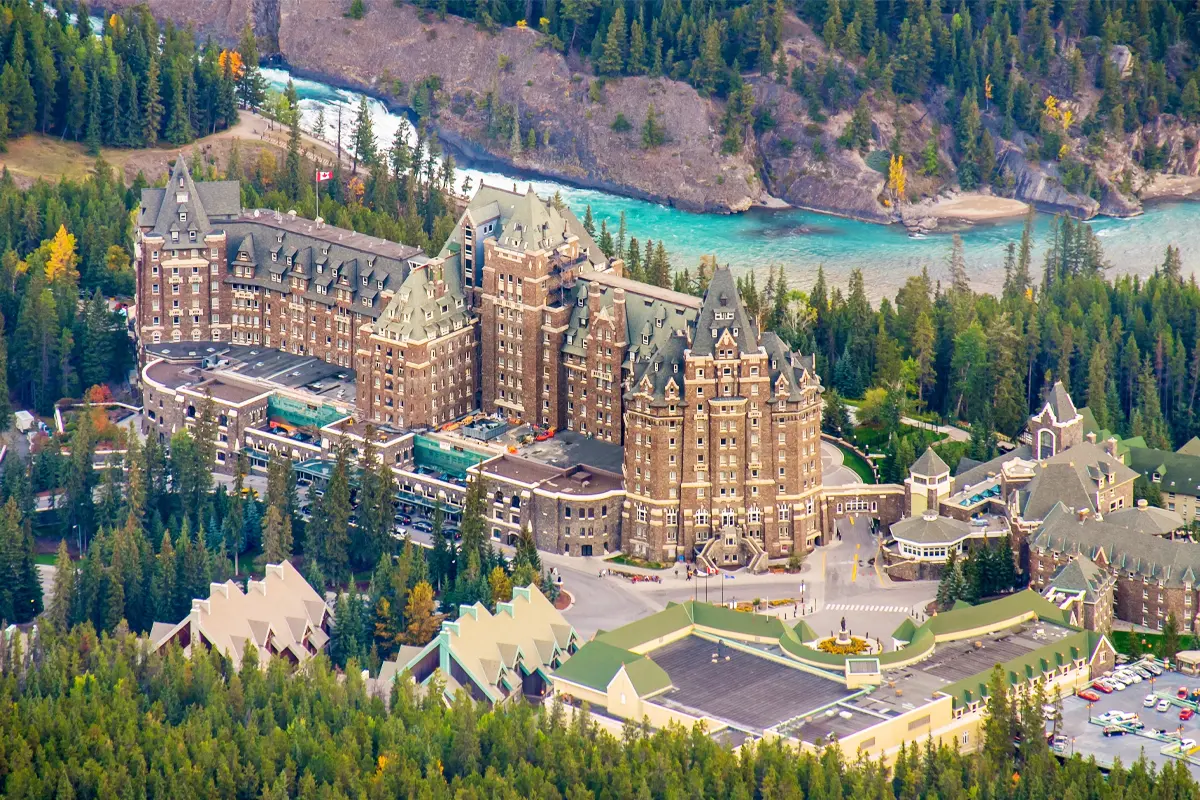
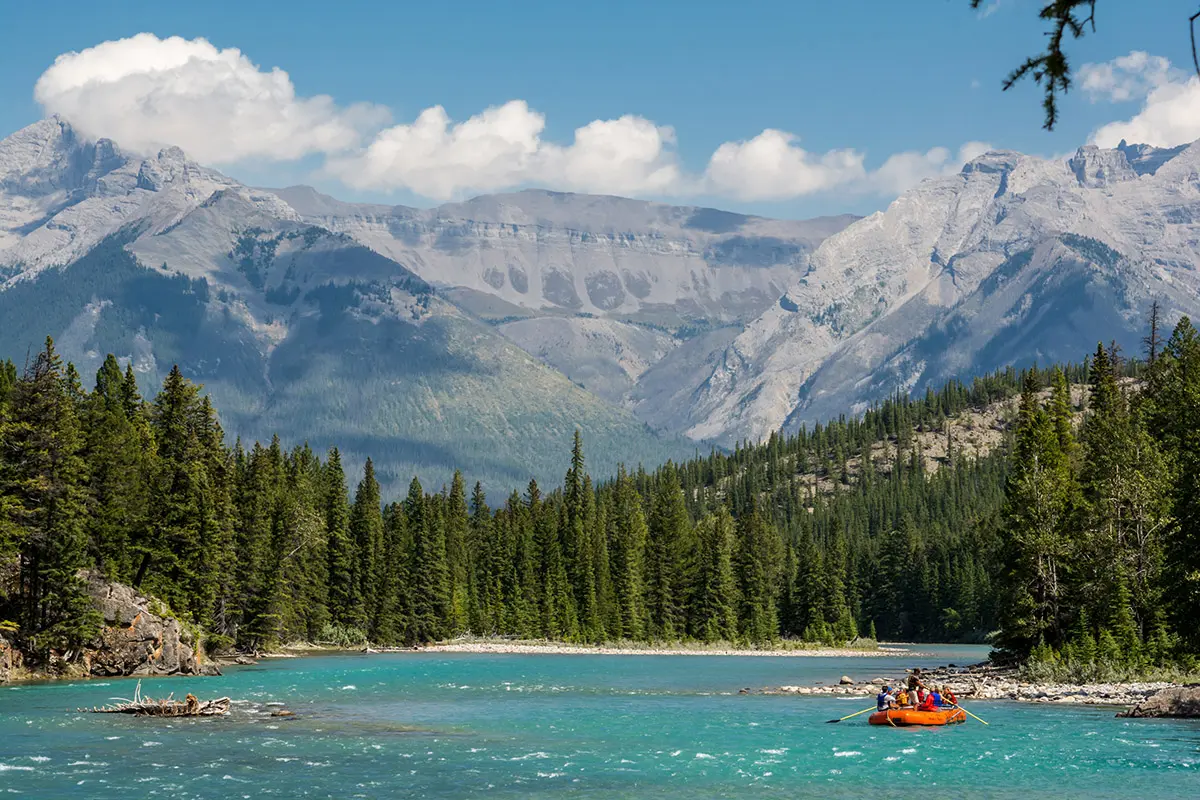

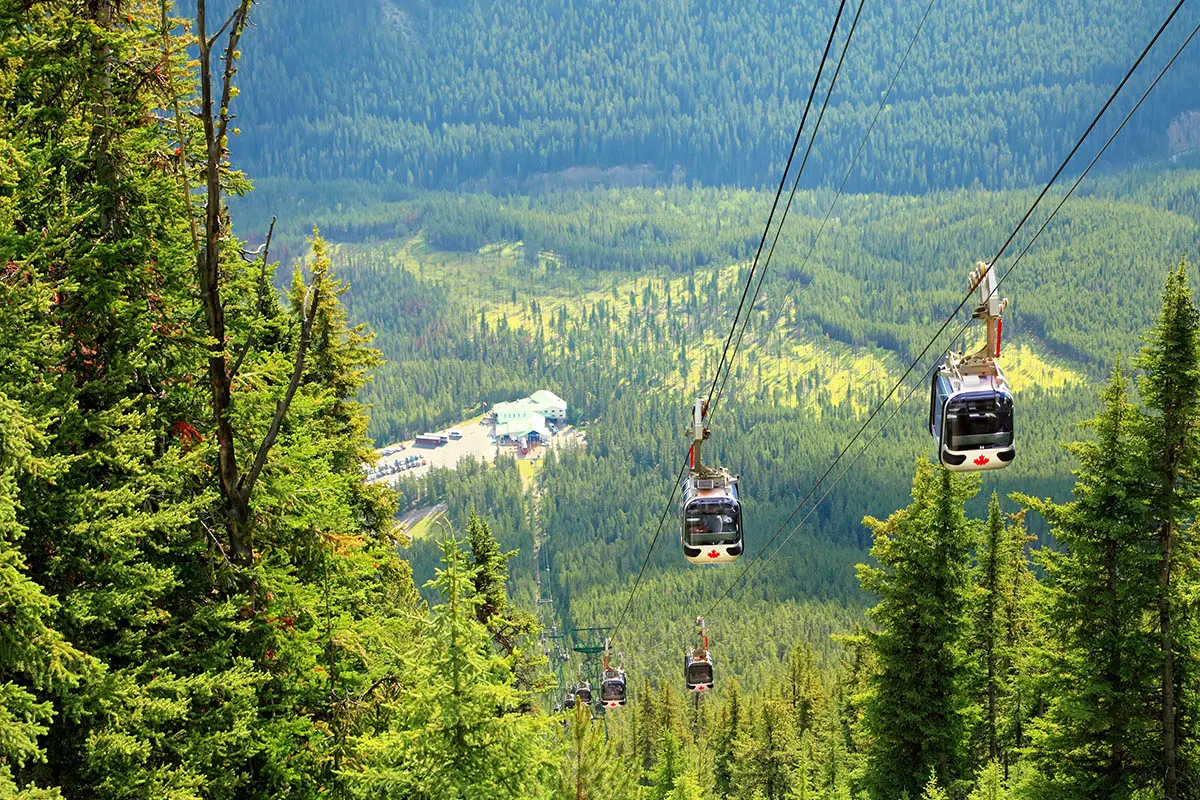
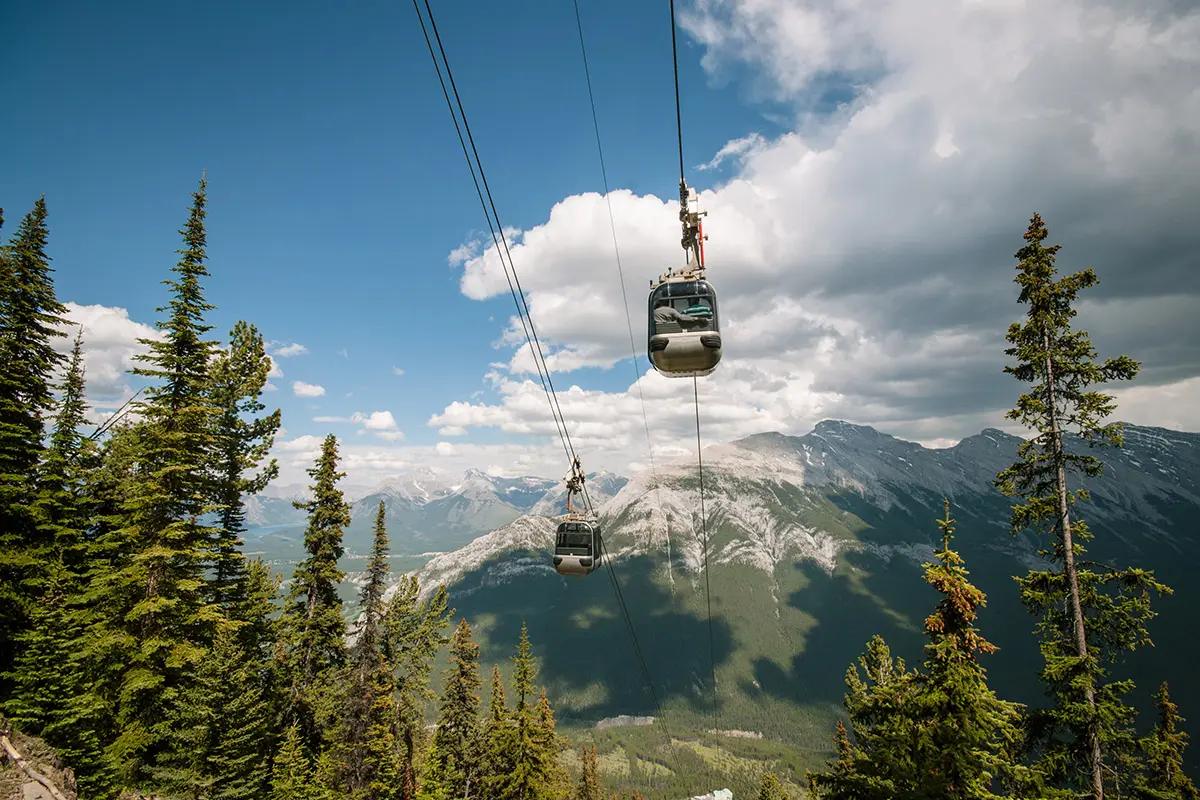




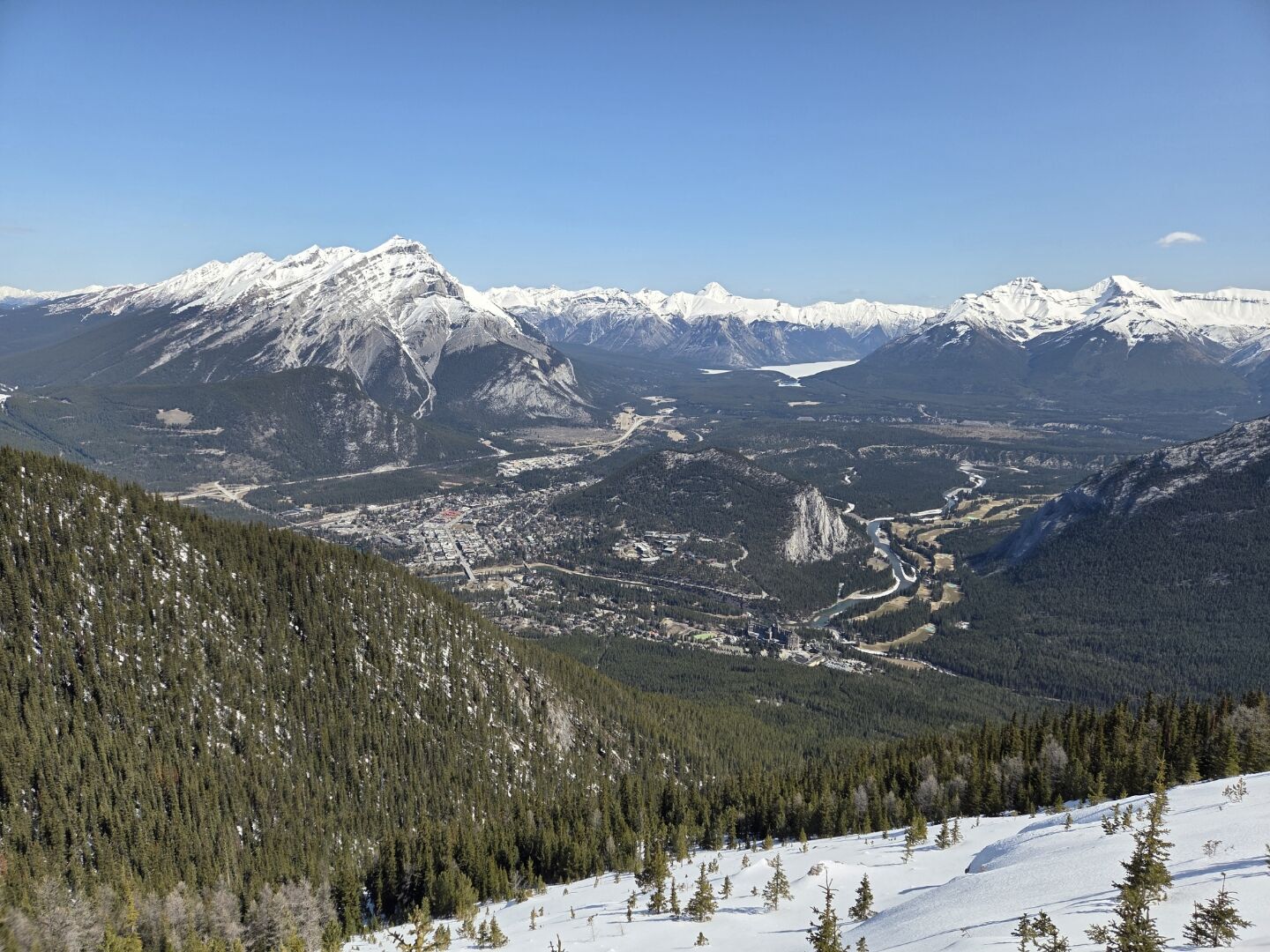
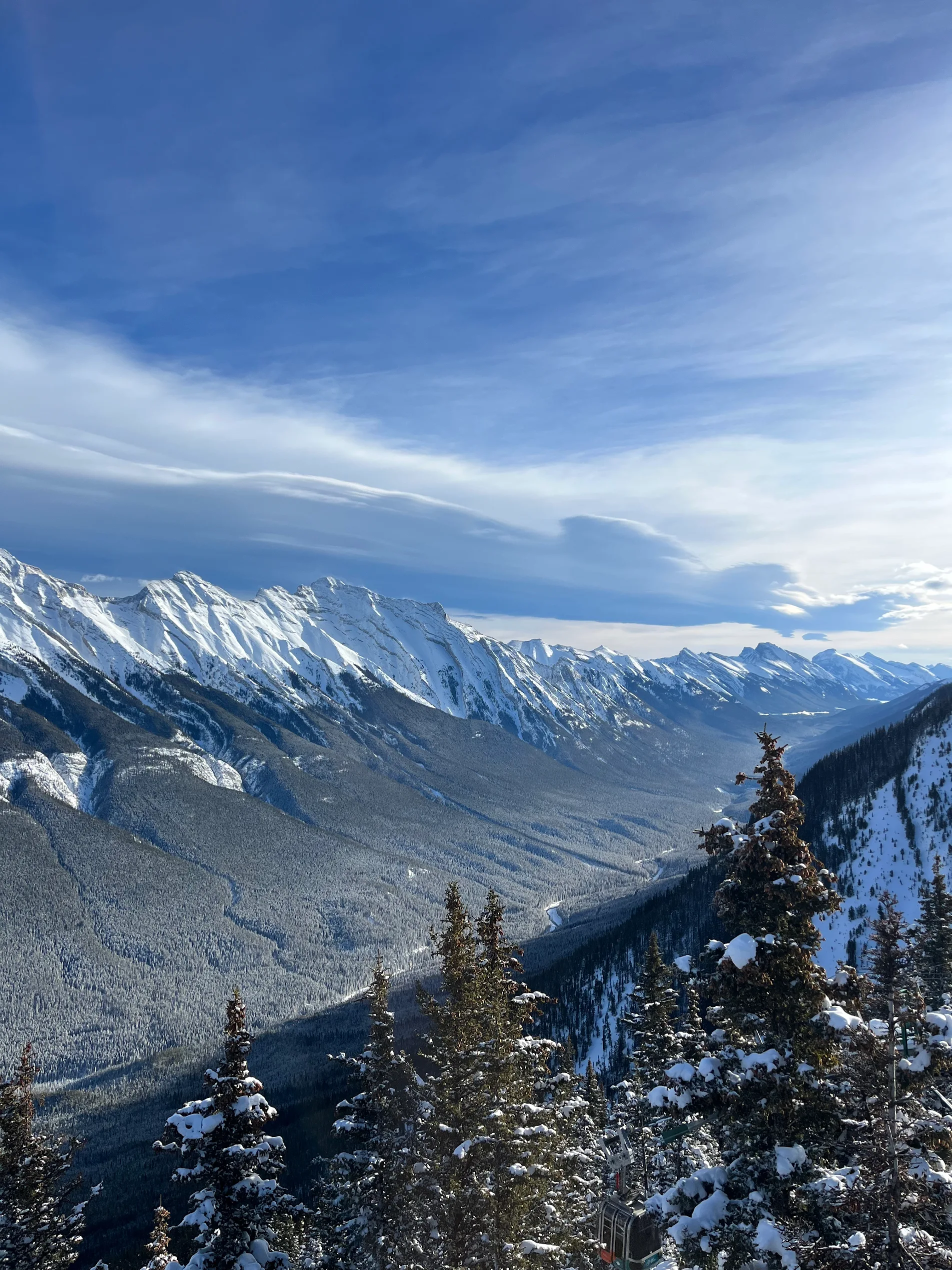
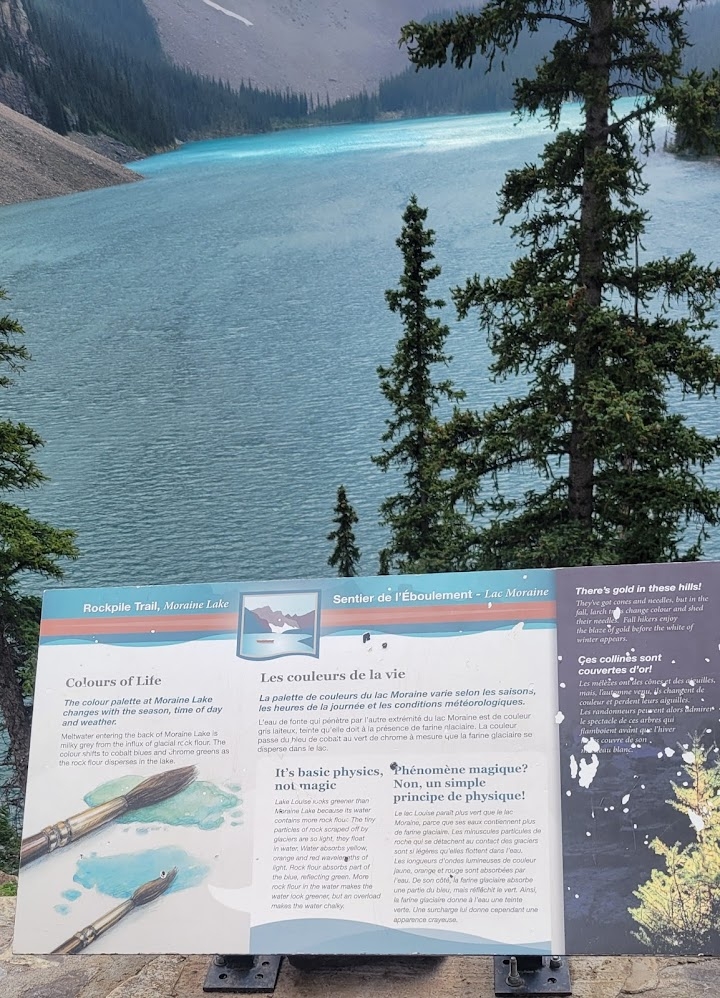
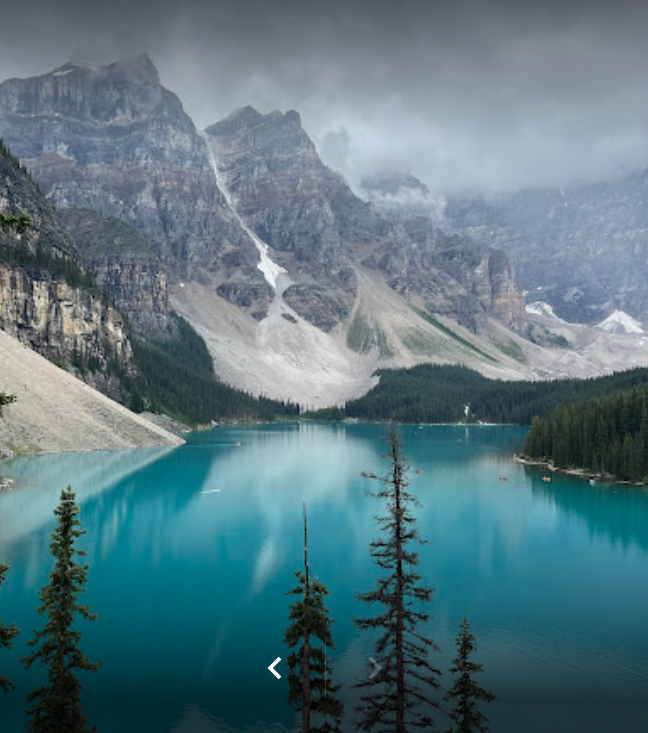


![[Winter] Canadian Rockies Guided Tour 4D3N (Banff)](../wp_files/File_images_photogallery/2018/12/pg_1_1543962117.webp)
![[Winter] Premium Rocky Mountains 4D3N (Calgary In-Out)](../wp_files/File_images_photogallery/2024/08/pg_1_1722617829.webp)
![[Winter] Vancouver · Rocky Mountains 5D4N (Banff)](../wp_files/File_images_photogallery/2018/11/pg_1_1543624813.webp)
![[Winter] Vancouver · Victoria · Rocky Mountains 6N5D (Banff)](../wp_files/File_images_photogallery/2018/11/pg_1_1543621753.webp)
![[Winter/Tway] Vancouver · Rocky Mountains 6D5N](../wp_files/File_images_photogallery/2025/09/pg_1_1758314560.webp)
![[Winter] Banff One Day Tour](../wp_files/File_images_photogallery/2021/12/pg_1_1638576475.webp)
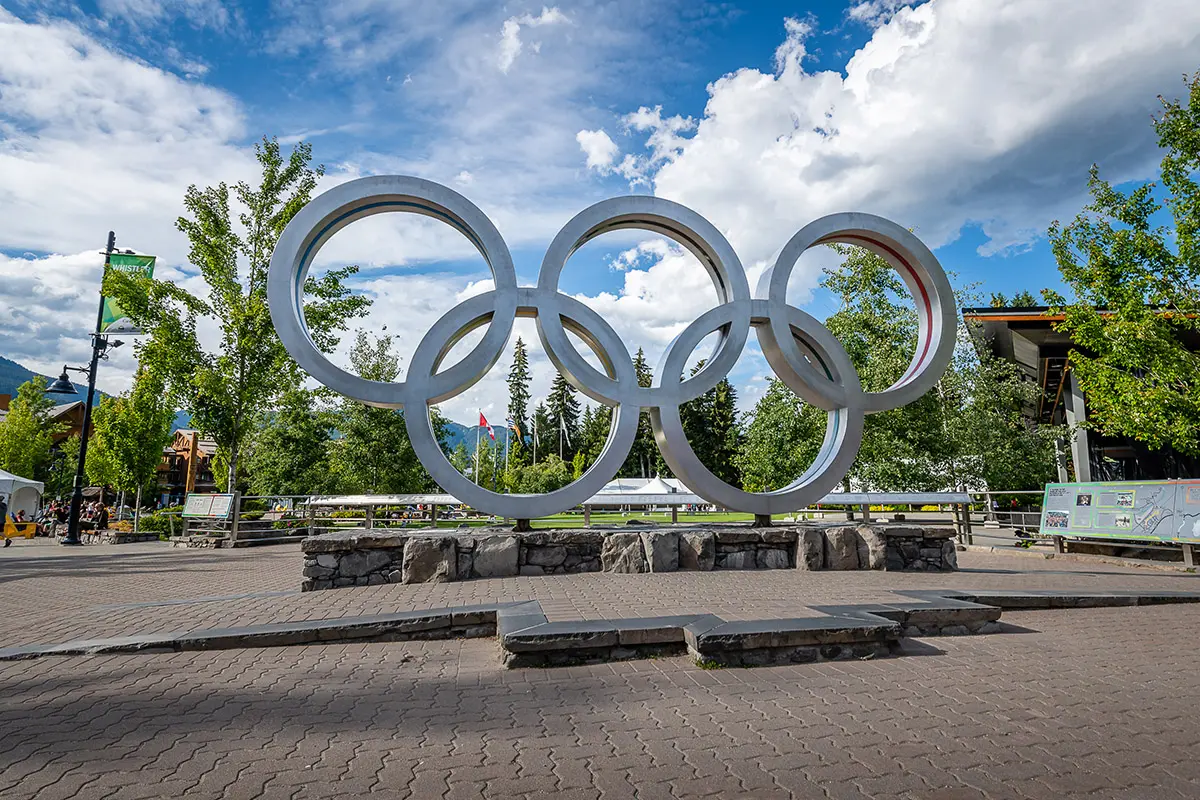


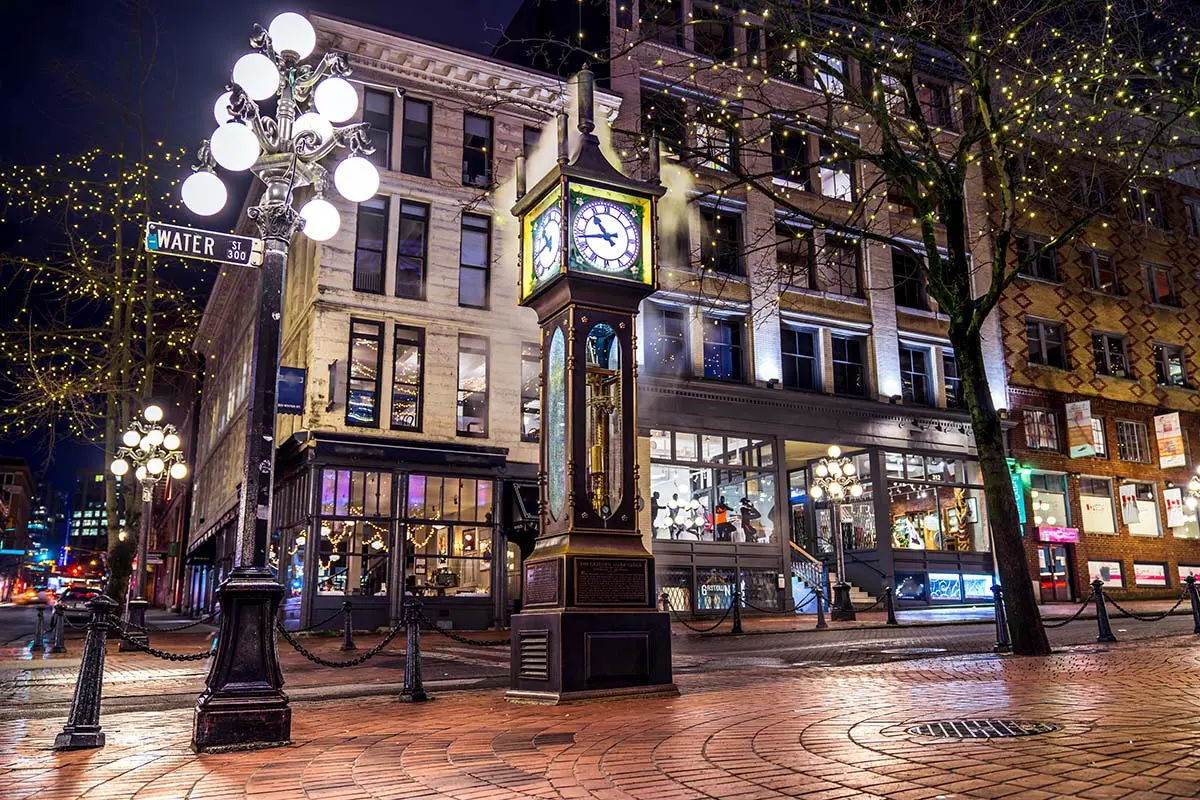
![[Summer] Vancouver · Rocky Mountains 5D4N (Banff)](../wp_files/File_images_photogallery/2018/12/pg_1_1543960798.webp)
![[Summer] Vancouver · Victoria · Rocky Mountains 6D5N (Banff)](../wp_files/File_images_photogallery/2018/12/pg_1_1543963447.webp)
![[Summer/Tway] Vancouver · Rocky Mountains 6D5N](../wp_files/File_images_photogallery/2025/06/pg_1_1749847187.webp)
![[Summer] Banff · Drumheller 5D4N (Calgary In-Out)](../wp_files/File_images_photogallery/2024/12/pg_1_1734543117.webp)
![[Summer] Seattle · Rocky Mountains 5D4N](../wp_files/File_images_photogallery/2018/12/pg_1_1544130442.webp)
![[Summer] Banff One Day Tour](../wp_files/File_images_photogallery/2018/11/pg_1_1543622134.webp)
![[Summer] Rocky Mountains 4D3N (Calgary)](../wp_files/File_images_photogallery/2018/12/pg_1_1543963251.webp)
![[Summer] Vancouver · Rocky Mountains 5D4N (Calgary)](../wp_files/File_images_photogallery/2018/12/pg_1_1543960655.webp)

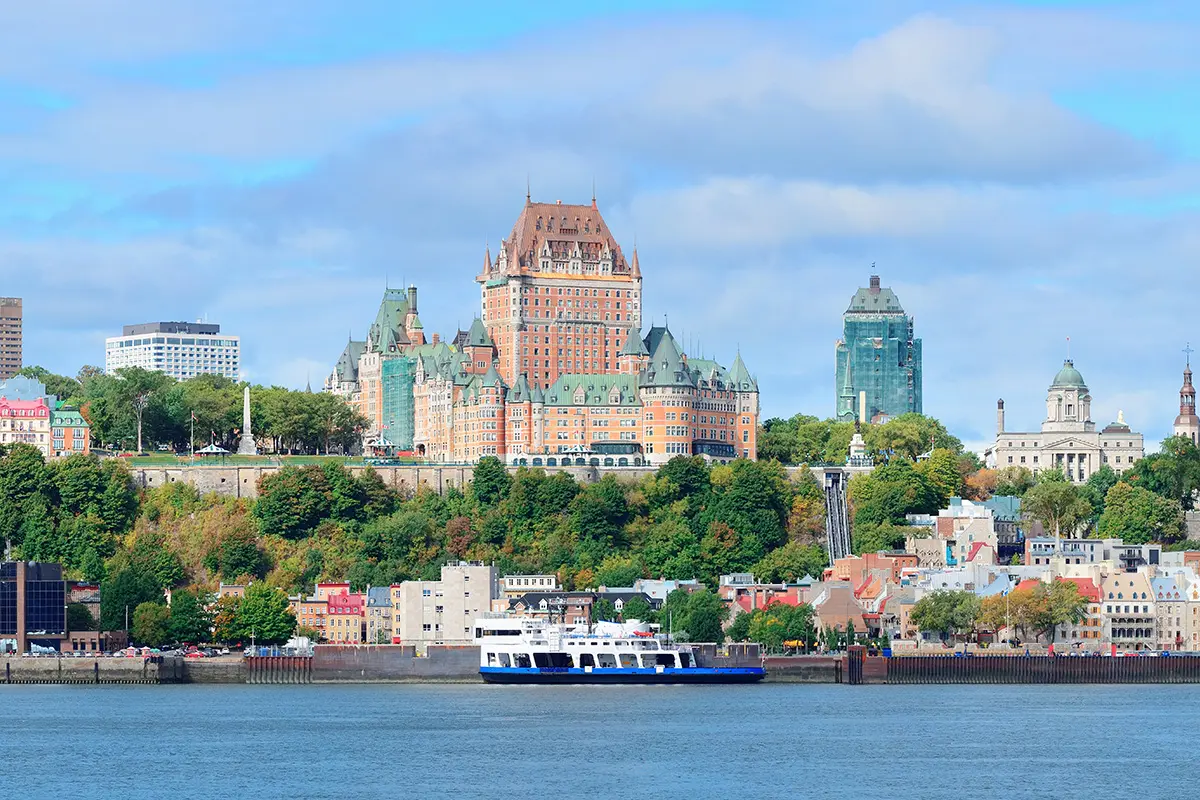
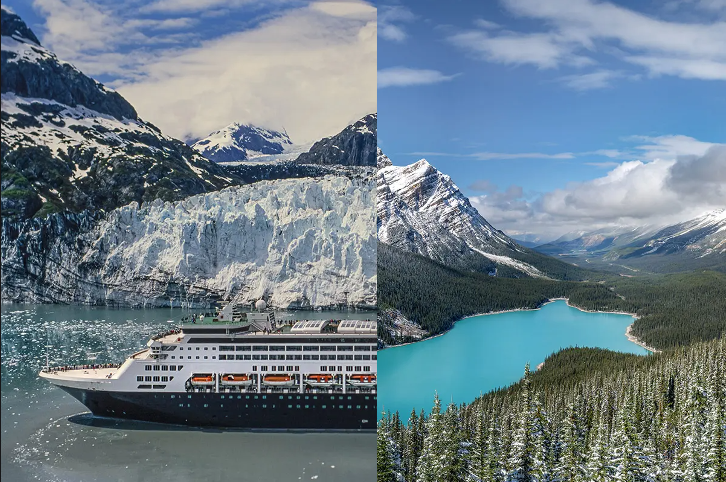

![[Winter] Yellowknife Wilderness Aurora Hunting Tour 4D3N (Hotel not included)](../wp_files/File_images_photogallery/2024/09/pg_1_1727120713.webp)
![[Summer/Autumn] Yellowknife Wilderness Aurora Hunting Tour 4D3N + Hotel Included](../wp_files/File_images_photogallery/2024/09/pg_1_1726872787.jpg)
![[Summer/Autumn] Yellowknife Wilderness Aurora Hunting Tour 4D3N (Hotel not included)](../wp_files/File_images_photogallery/2019/08/pg_1_1565916461.webp)
